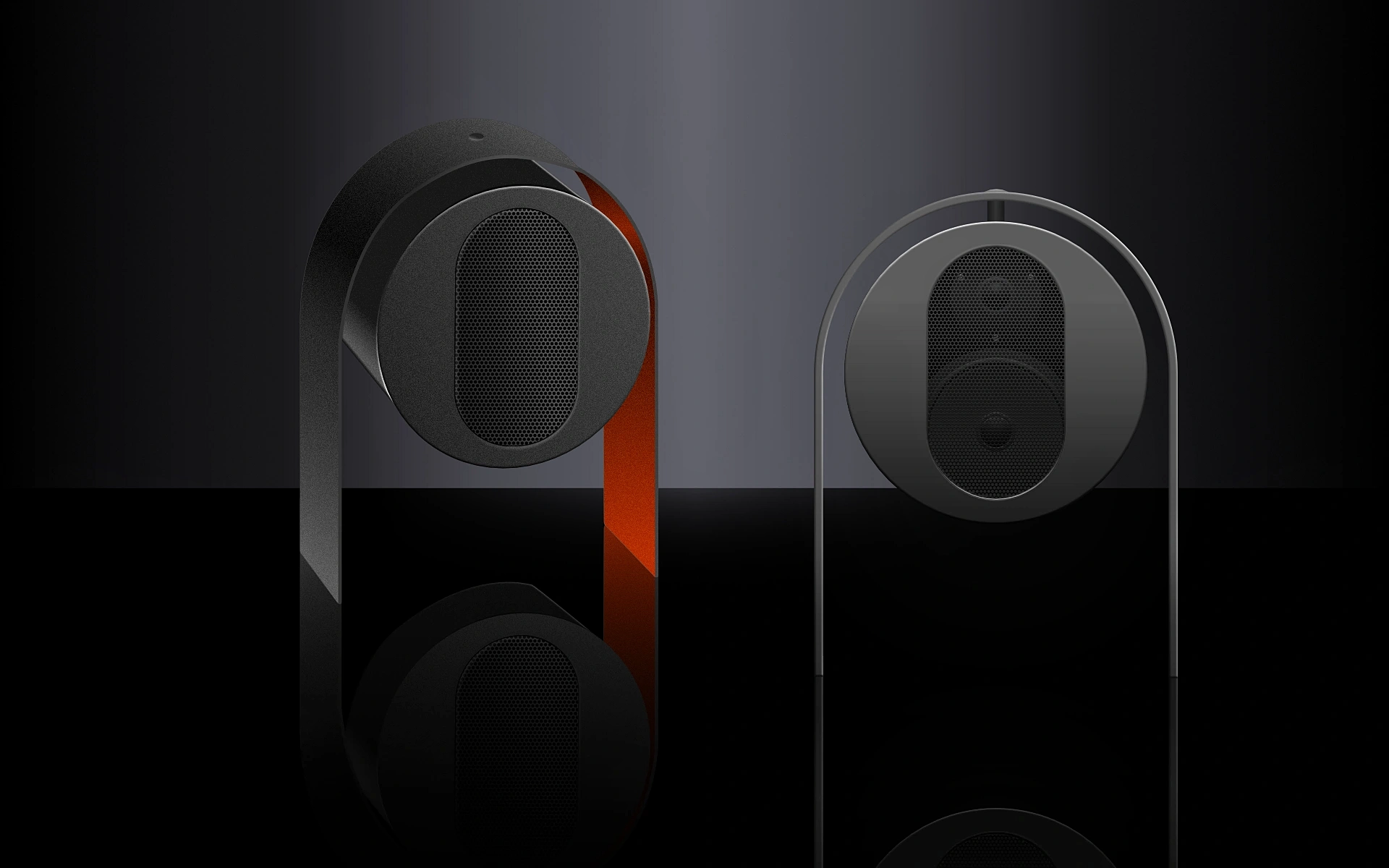
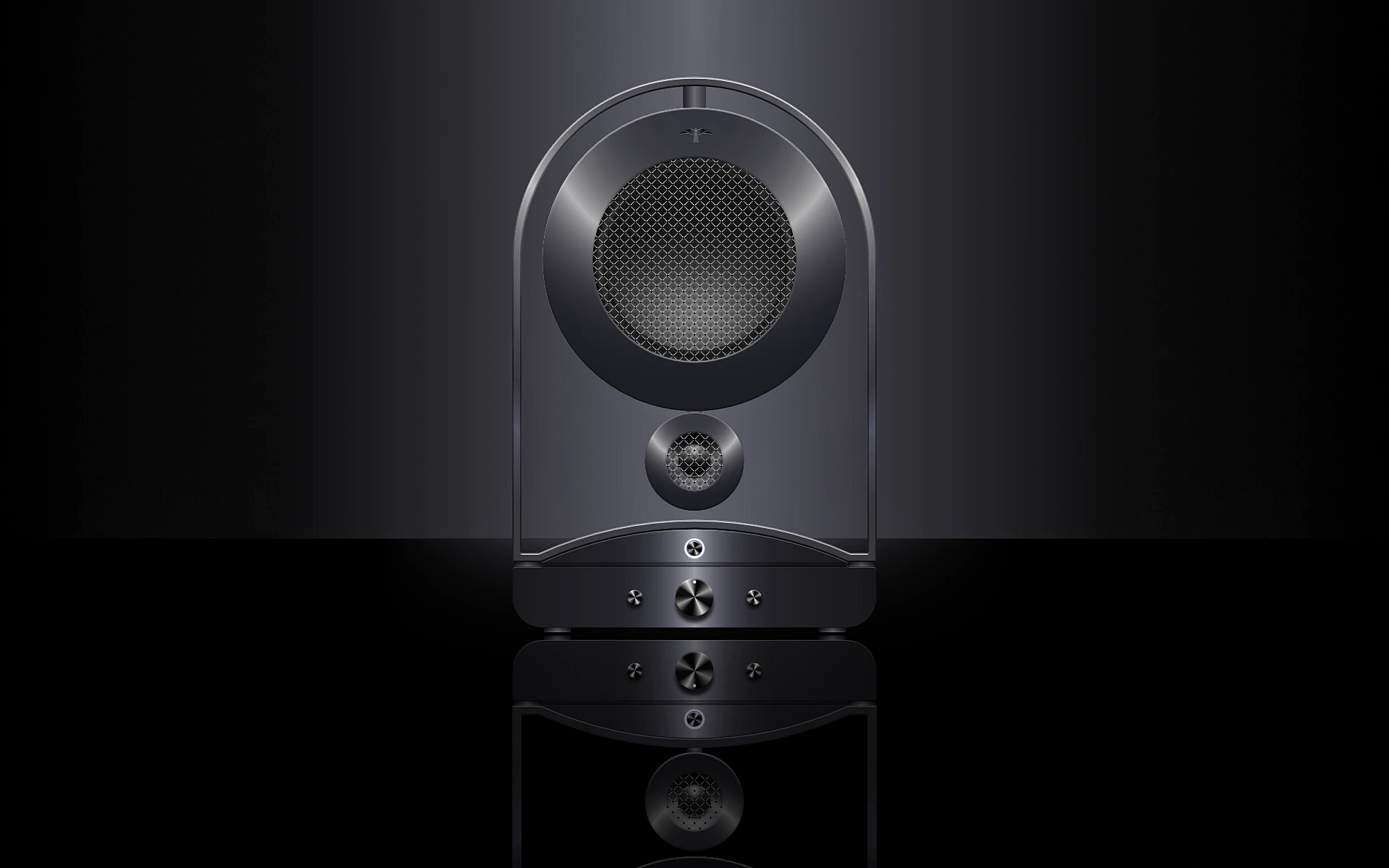
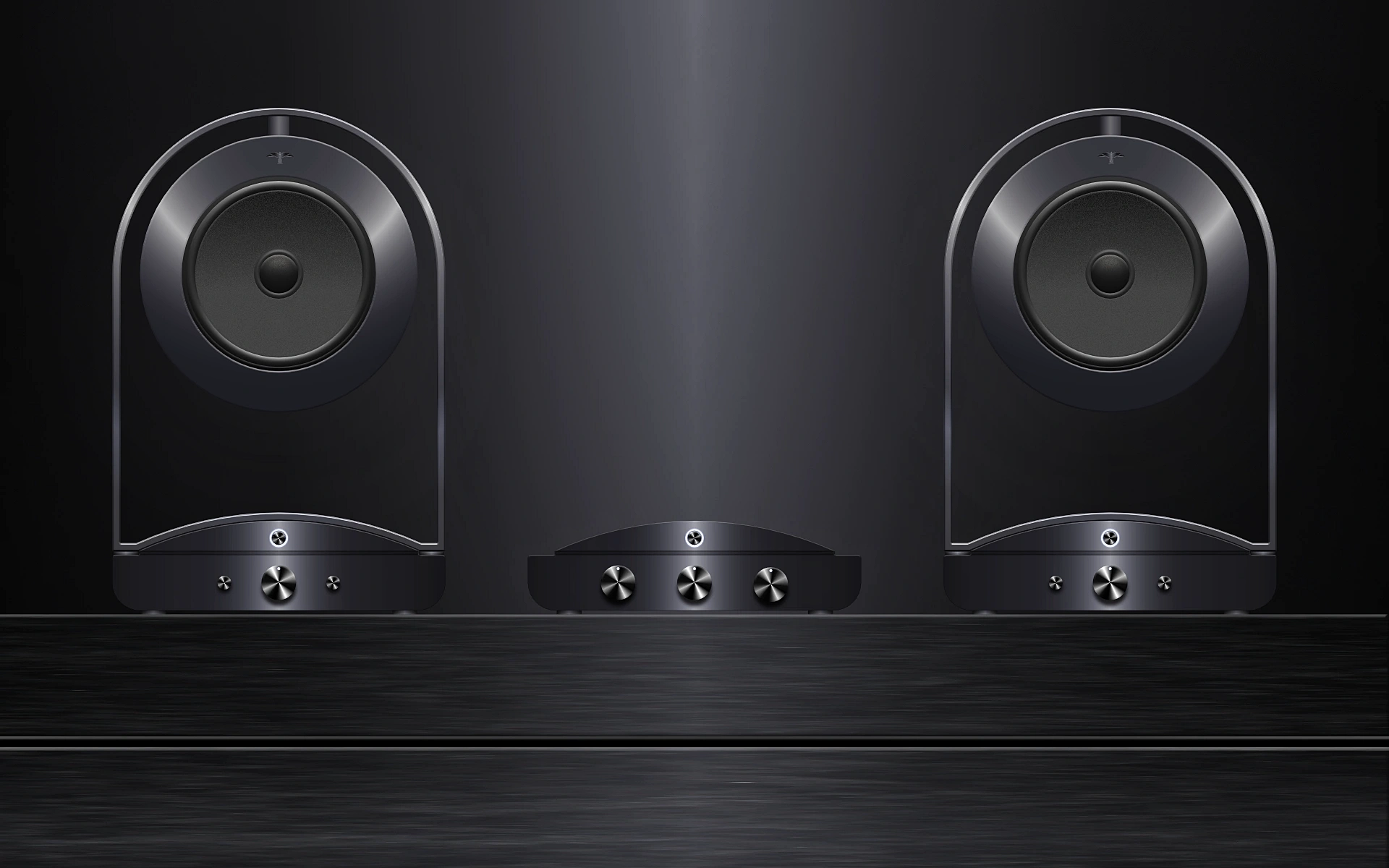
The speaker is designed with a cabinet that has a unique tube shape, which is made of fiberglass material. This specific shape helps to provide the speaker with stability and prevent standing waves from occurring.
To further improve the sound quality, the speaker also has a single-point suspension and a small footprint U-shaped frame. This design helps to decouple the speaker from the floor by minimizing the contact area between the speaker and the floor. This is important because the vibrations from the speaker can be transmitted to the floor and cause unwanted resonances or interference with other equipment.
Overall, the combination of the tube-shaped fiberglass cabinet, the single-point suspension, and the U-shaped frame with a small footprint work together to create a high-quality sound that is free from distortions.
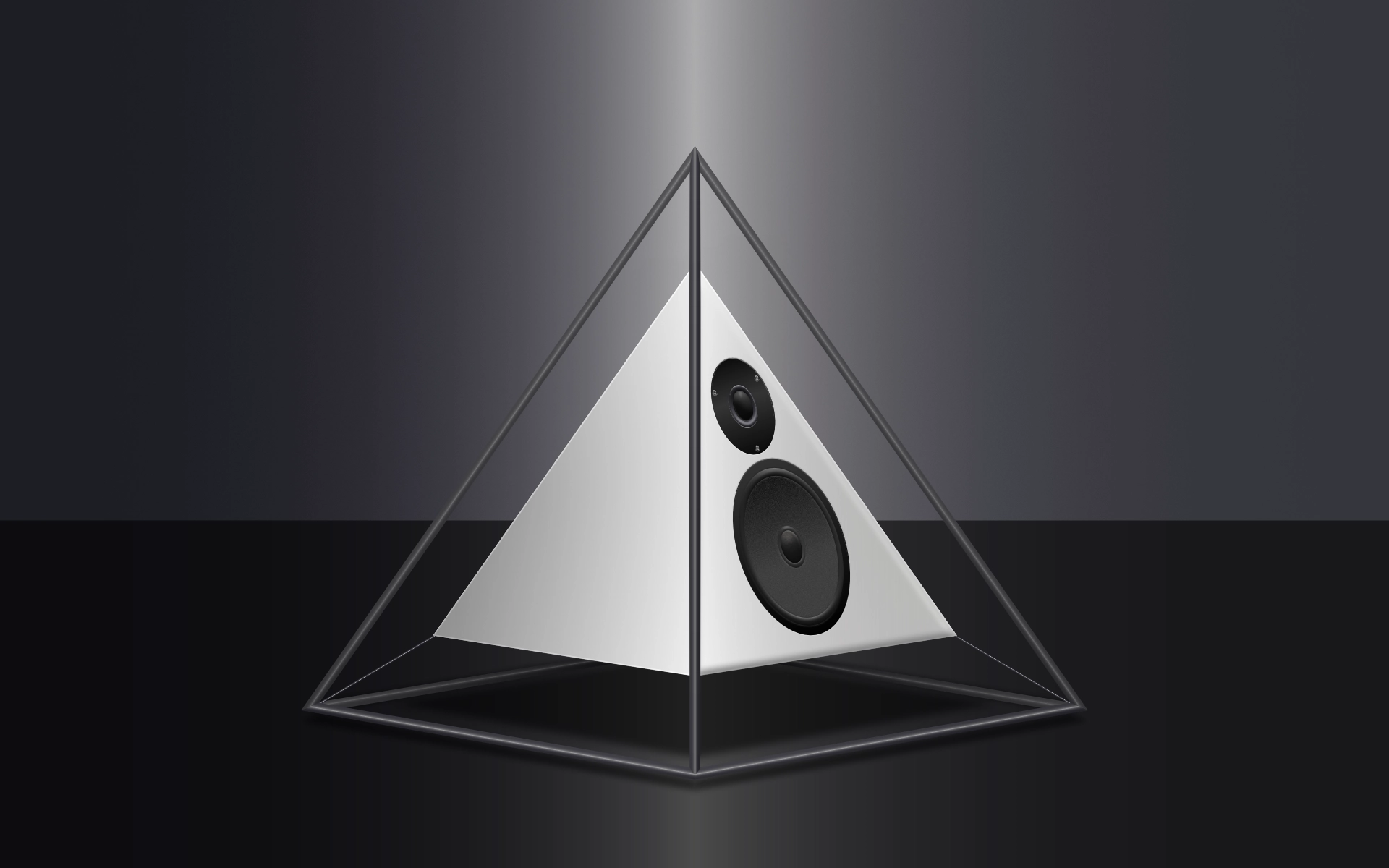
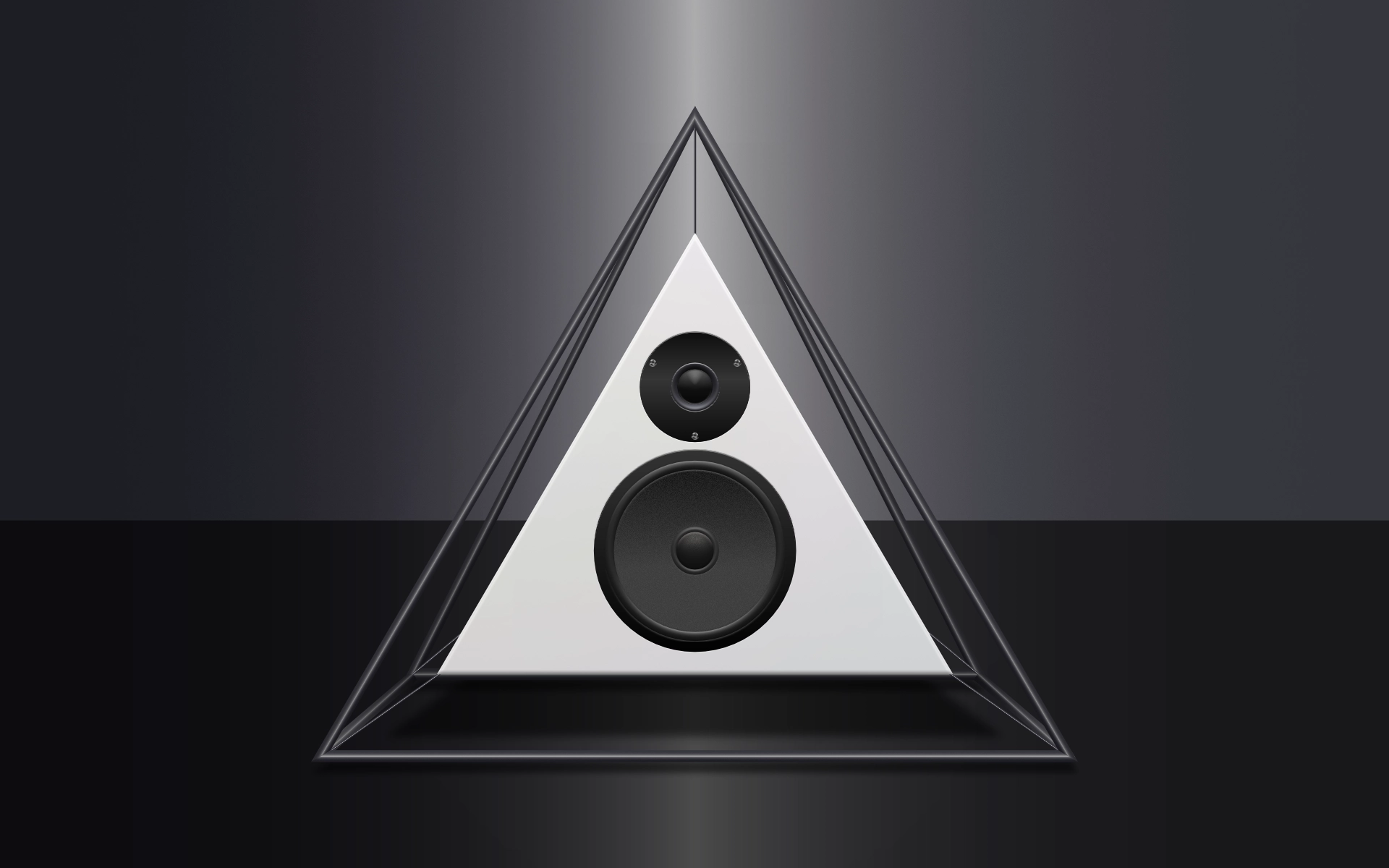
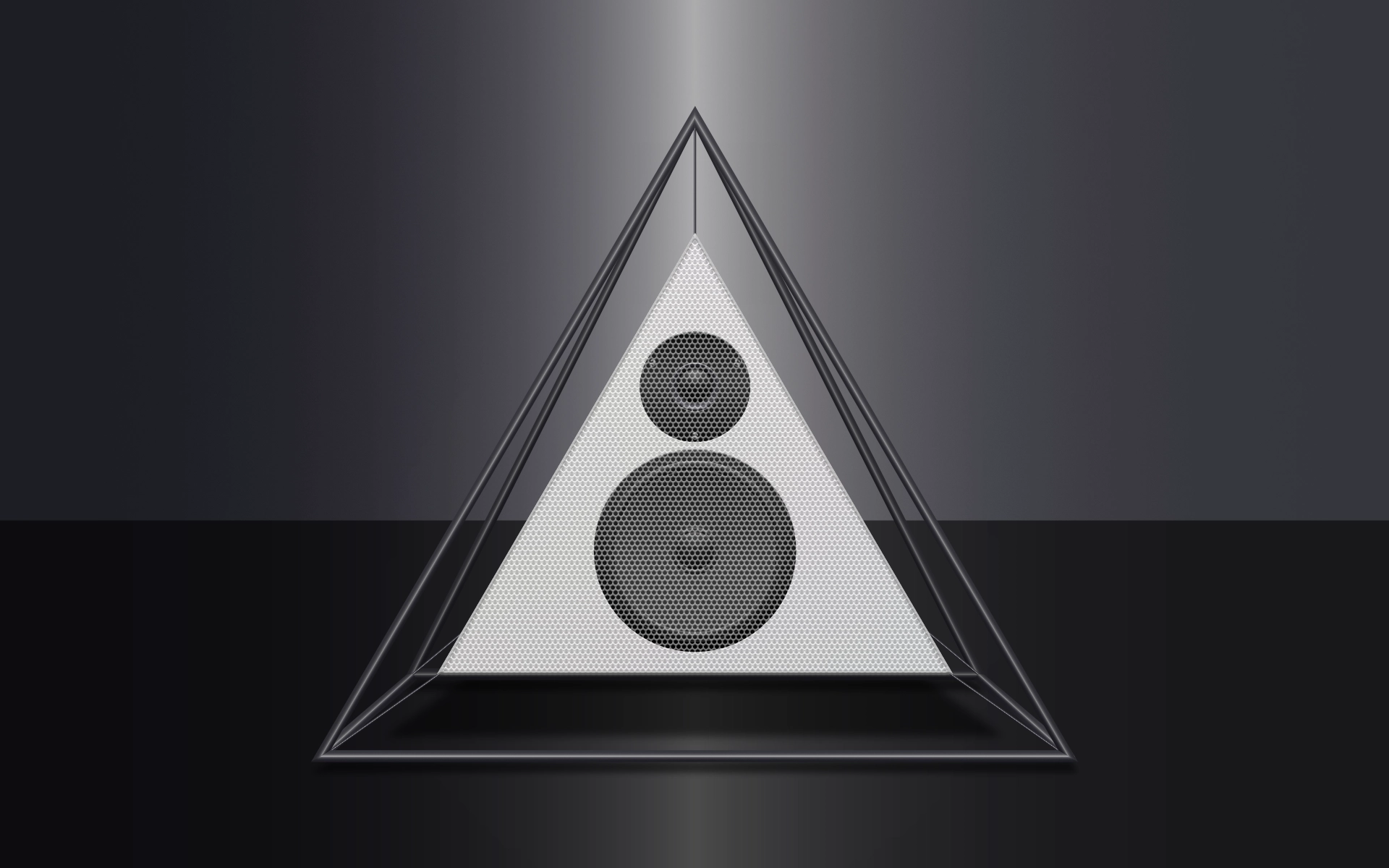
The Pyramid² luminaire, designed to simulate a floating pyramid, inspired the development of a loudspeaker with a similar aesthetic. While the suspended pyramid effect was purely visual with the luminaire, the loudspeaker requires near-complete decoupling from external influences. The shape of the housing ensures exceptional rigidity, minimizing the risk of standing waves.
A variant of the Pyramid² luminaire and loudspeaker, as well as the Drum loudspeaker, was featured in the 2/1985 edition of Stereoplay magazine.
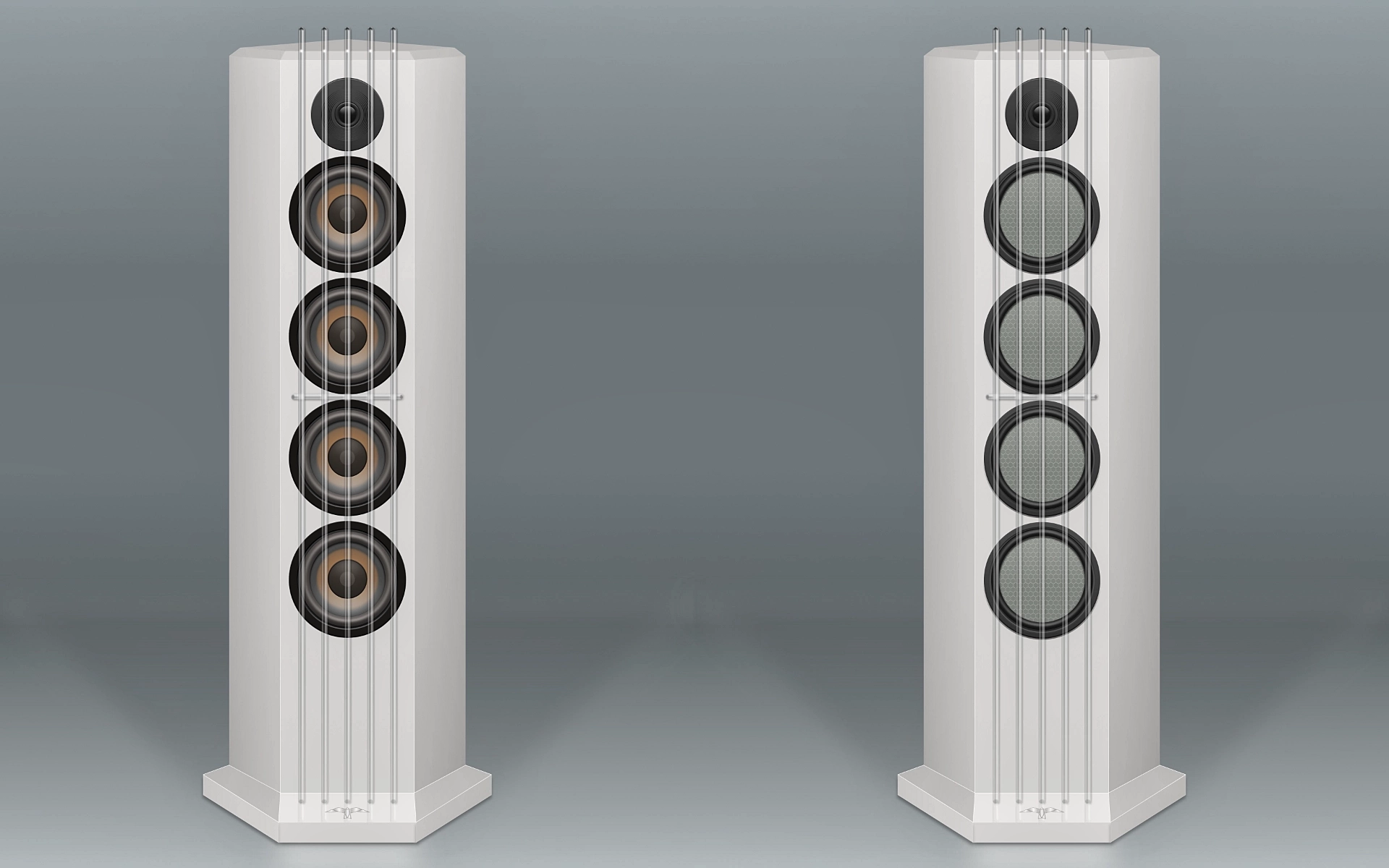

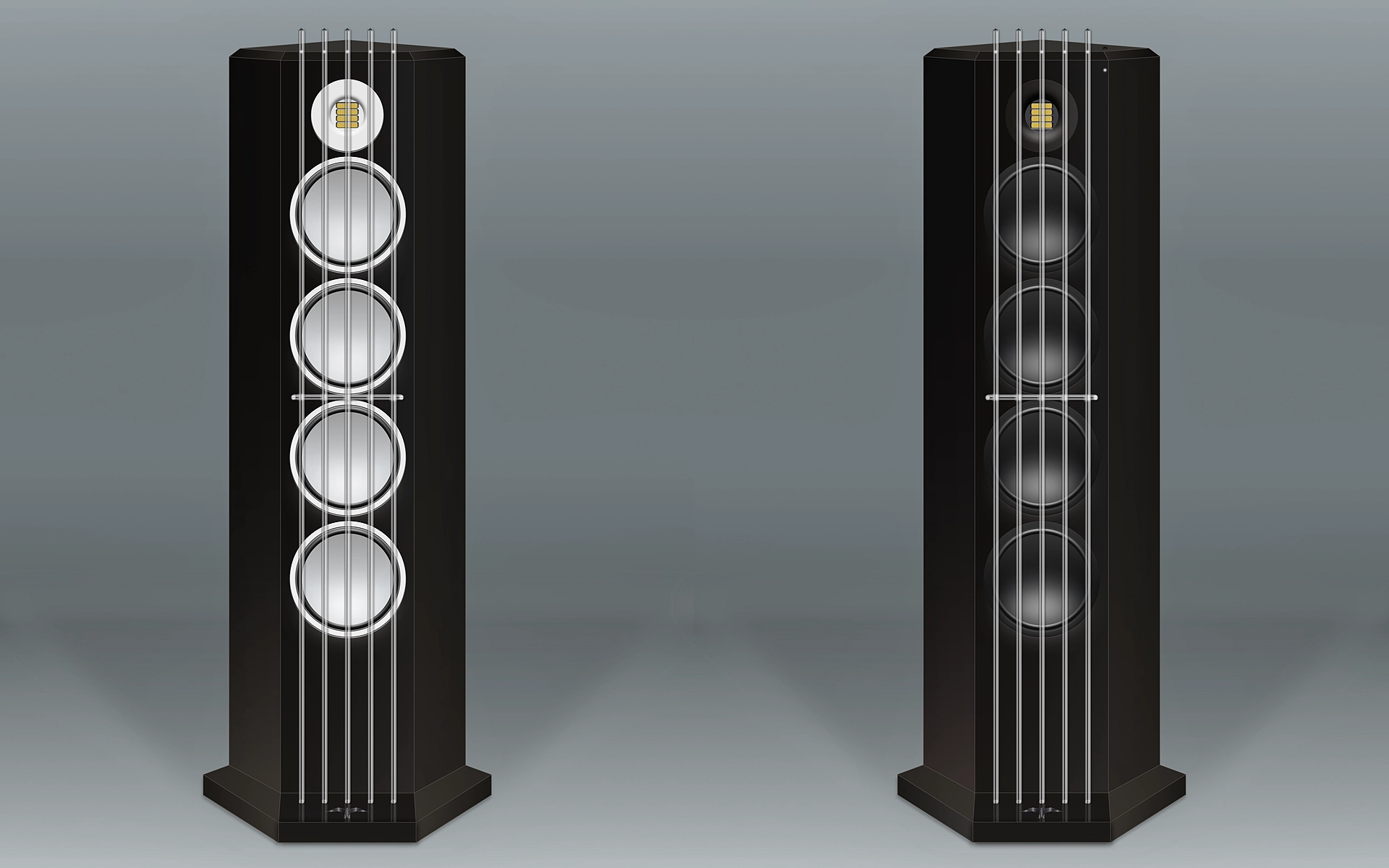
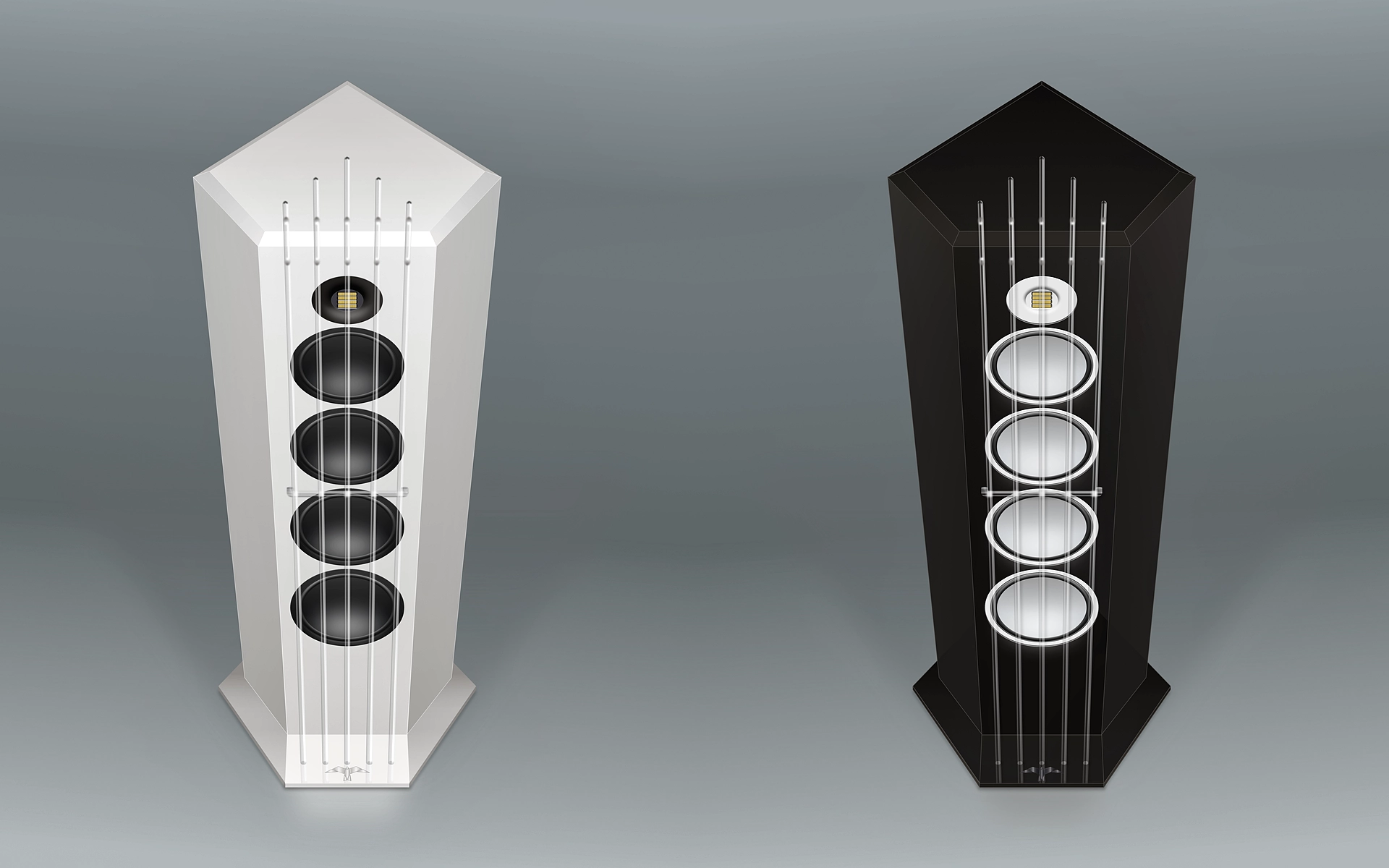
The speaker has a unique shape that features five irregular sides. This shape is responsible for providing the speaker with stability and preventing standing waves. The first series of speaker cabinets were made using fiberglass, but this turned out to be too expensive. The second generation of speakers was made using MDF, with an inner reinforcement of fiberglass/sandwich construction.
The speaker was available with either polypropylene or honeycomb woofers. Three of the four identical drivers are used for the low-frequency range, while the fourth driver is used for the lower mid-range. This setup creates an extremely neutral and homogeneous sound image.
The five acrylic rods, which extend from the base plate to the top plate, protect the drivers from damage. The speakers have been published several times in leading HiFi magazines and was subjected to a listening test in the magazine stereoplay.
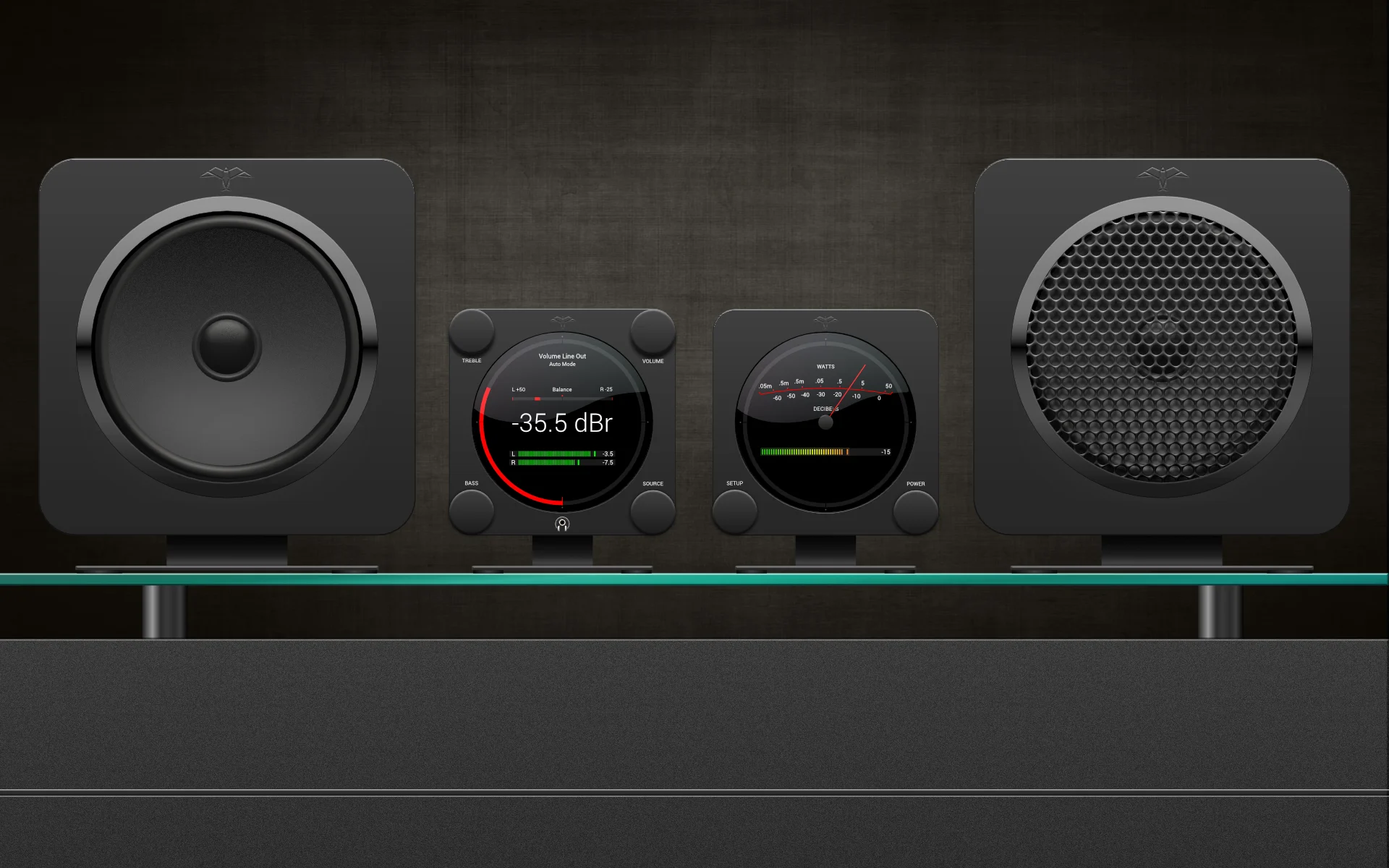
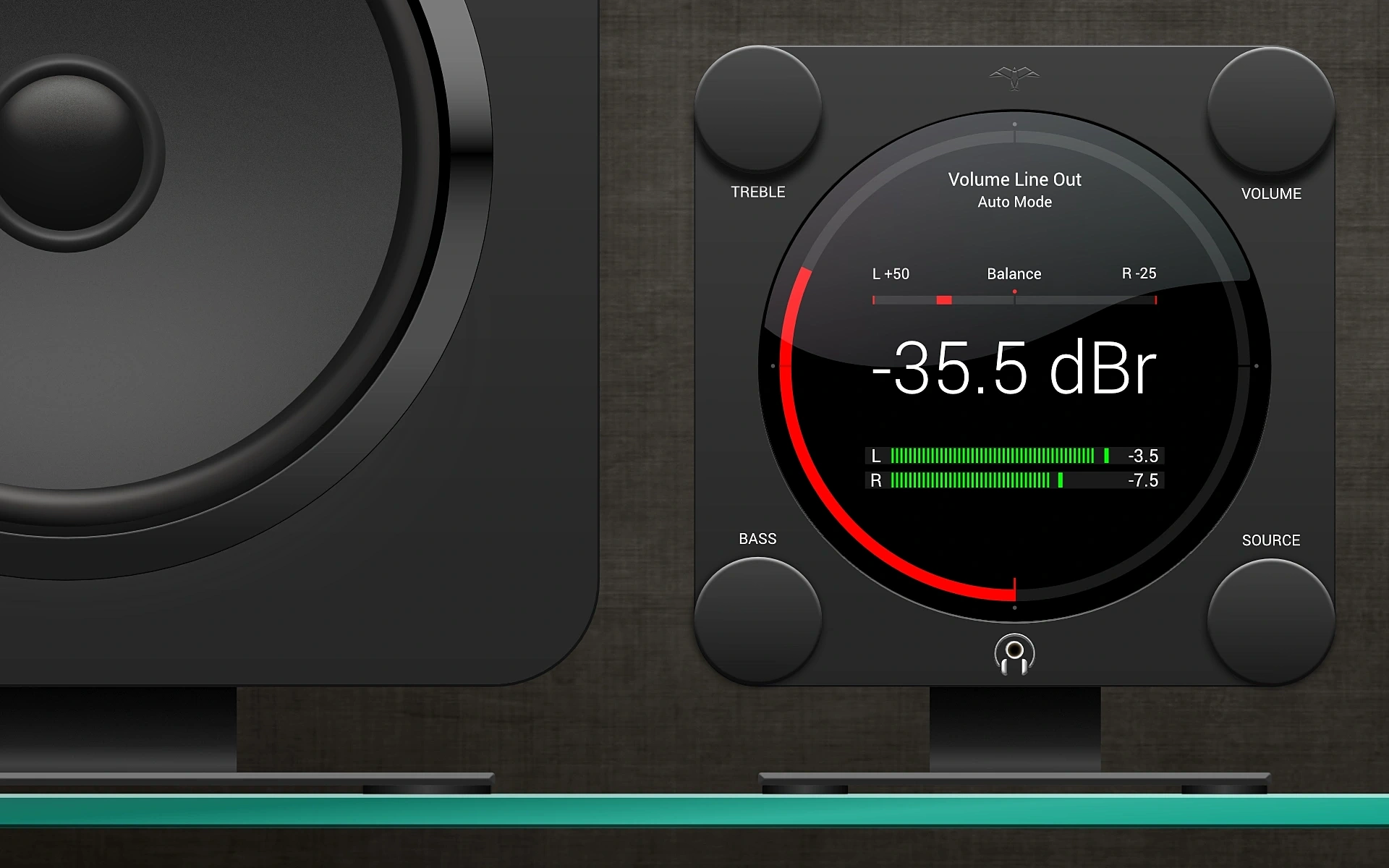
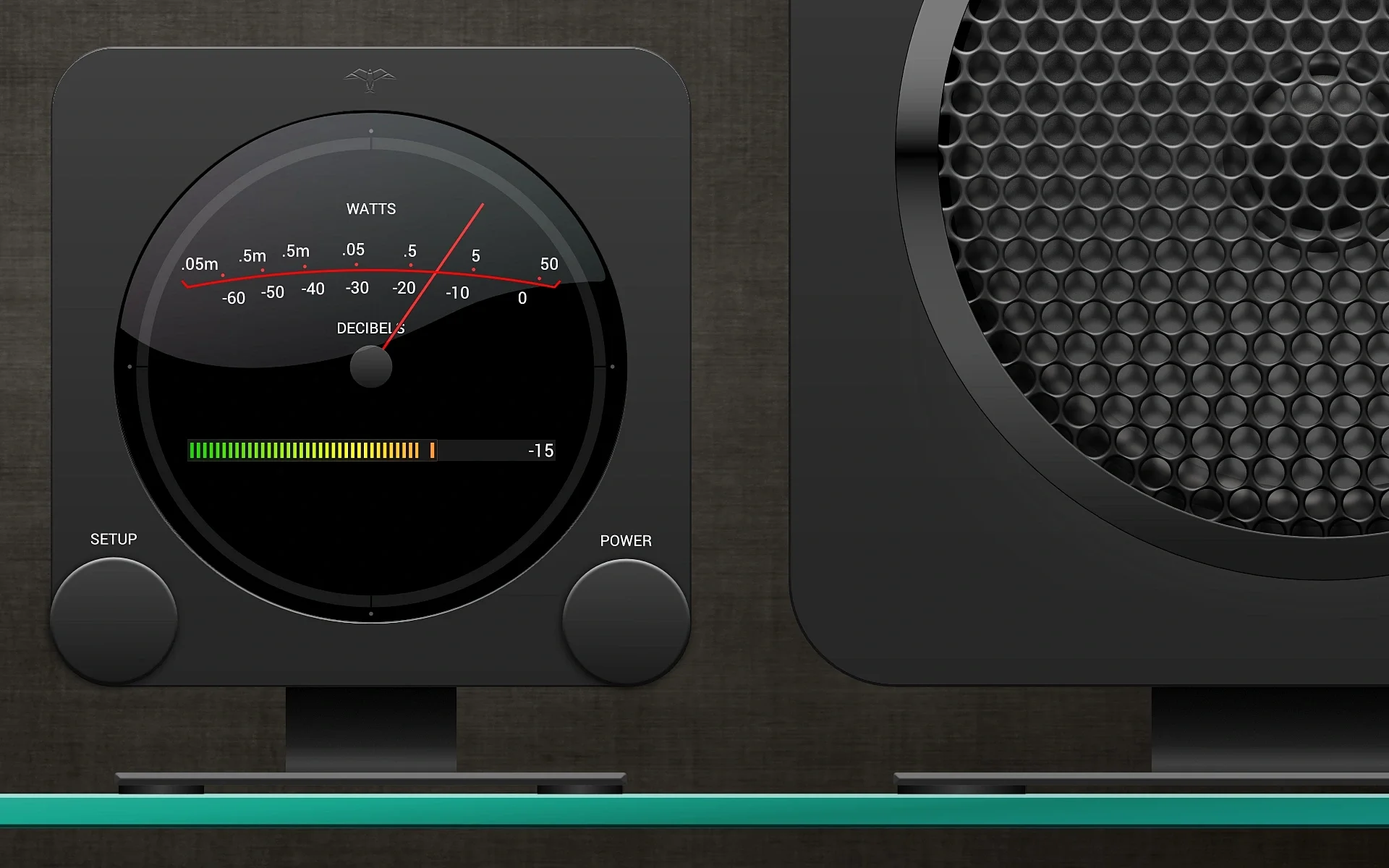
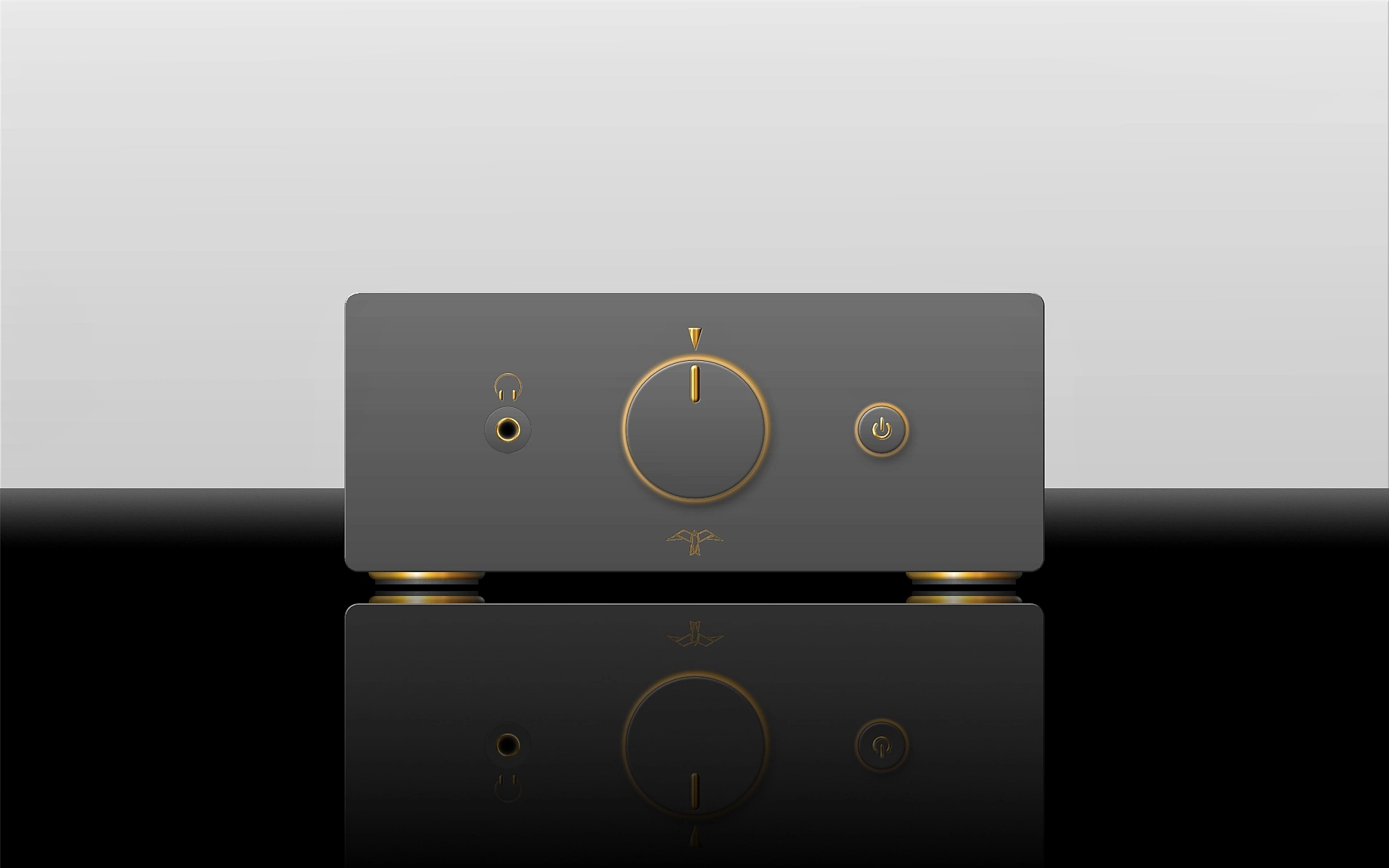
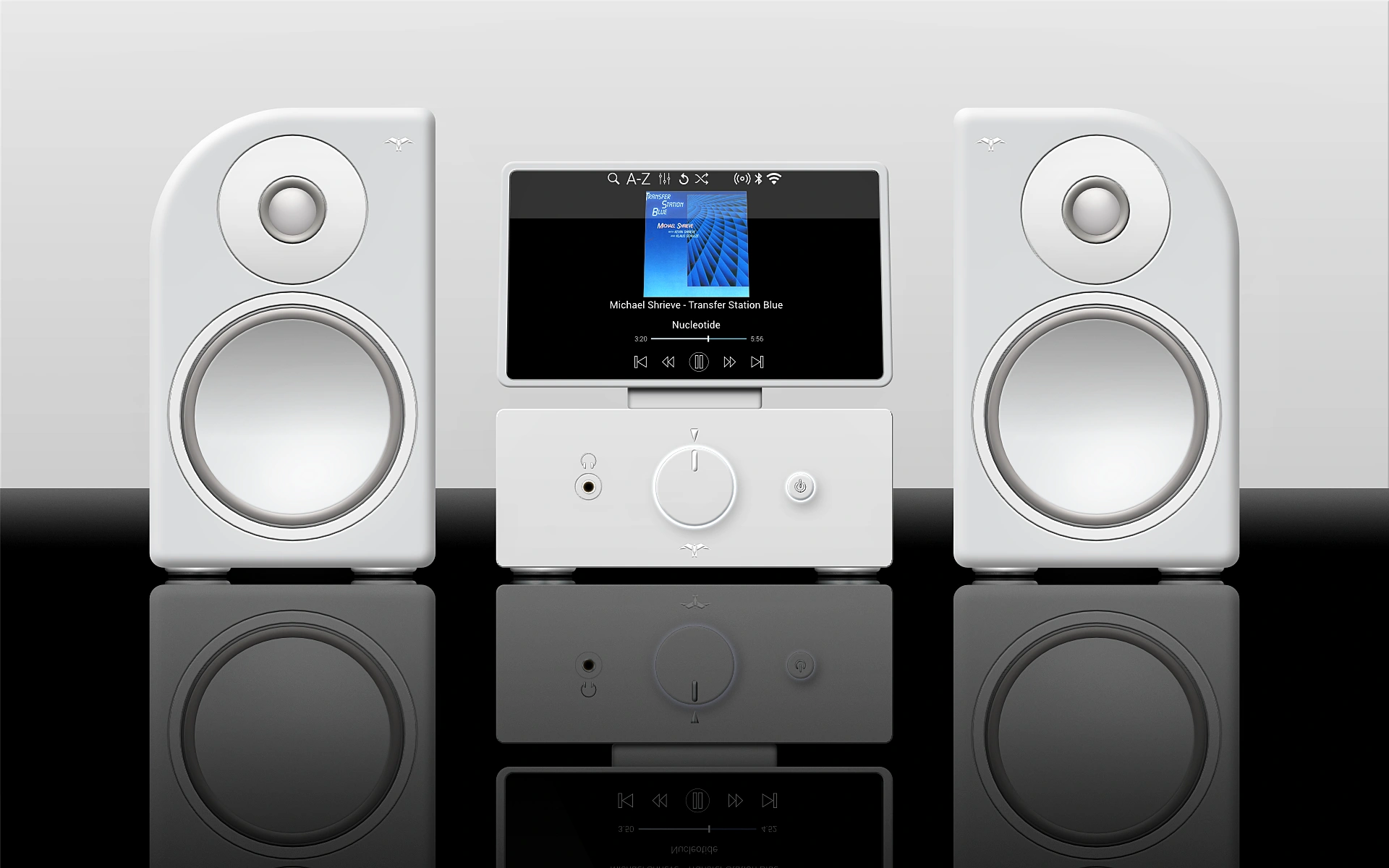
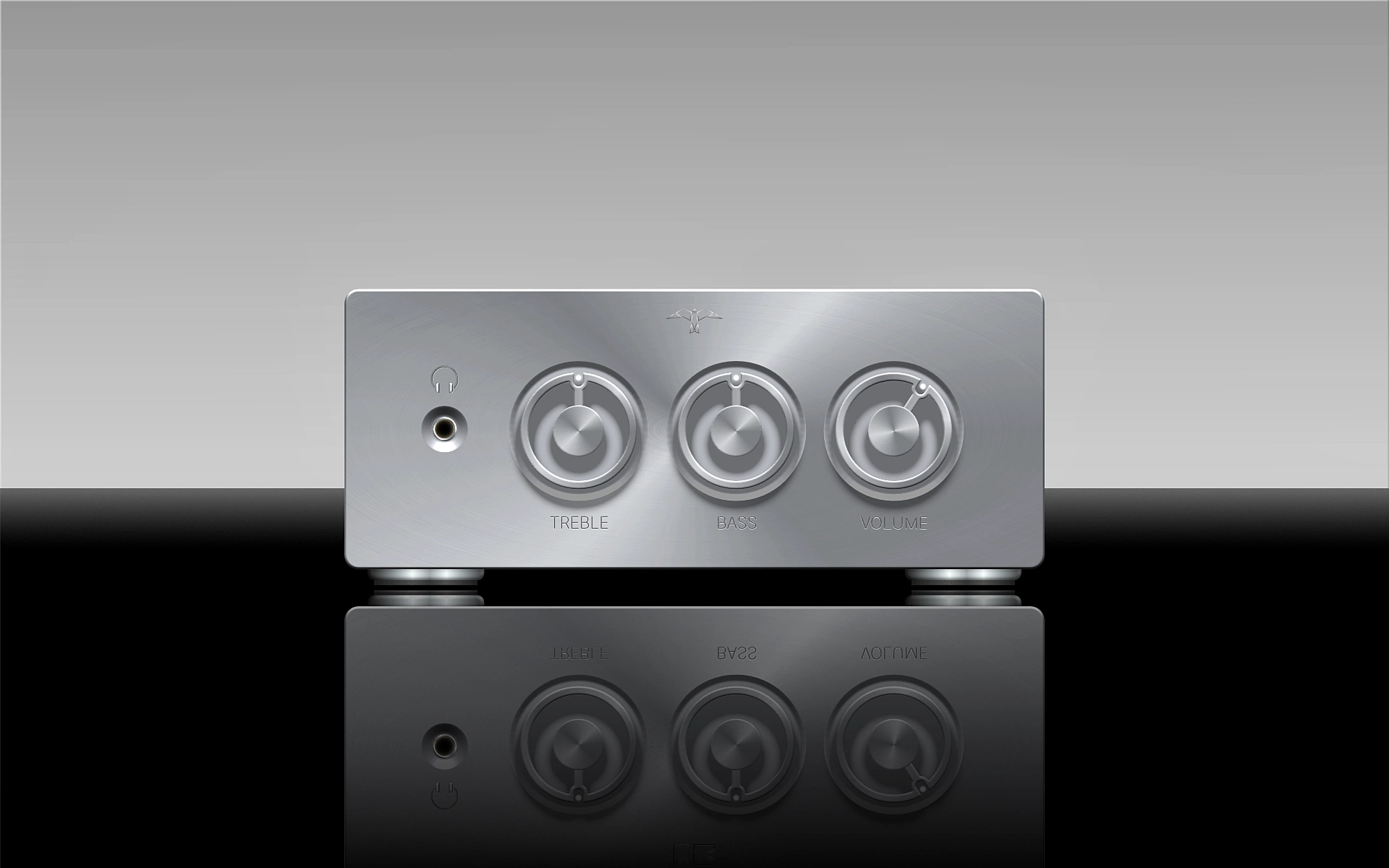
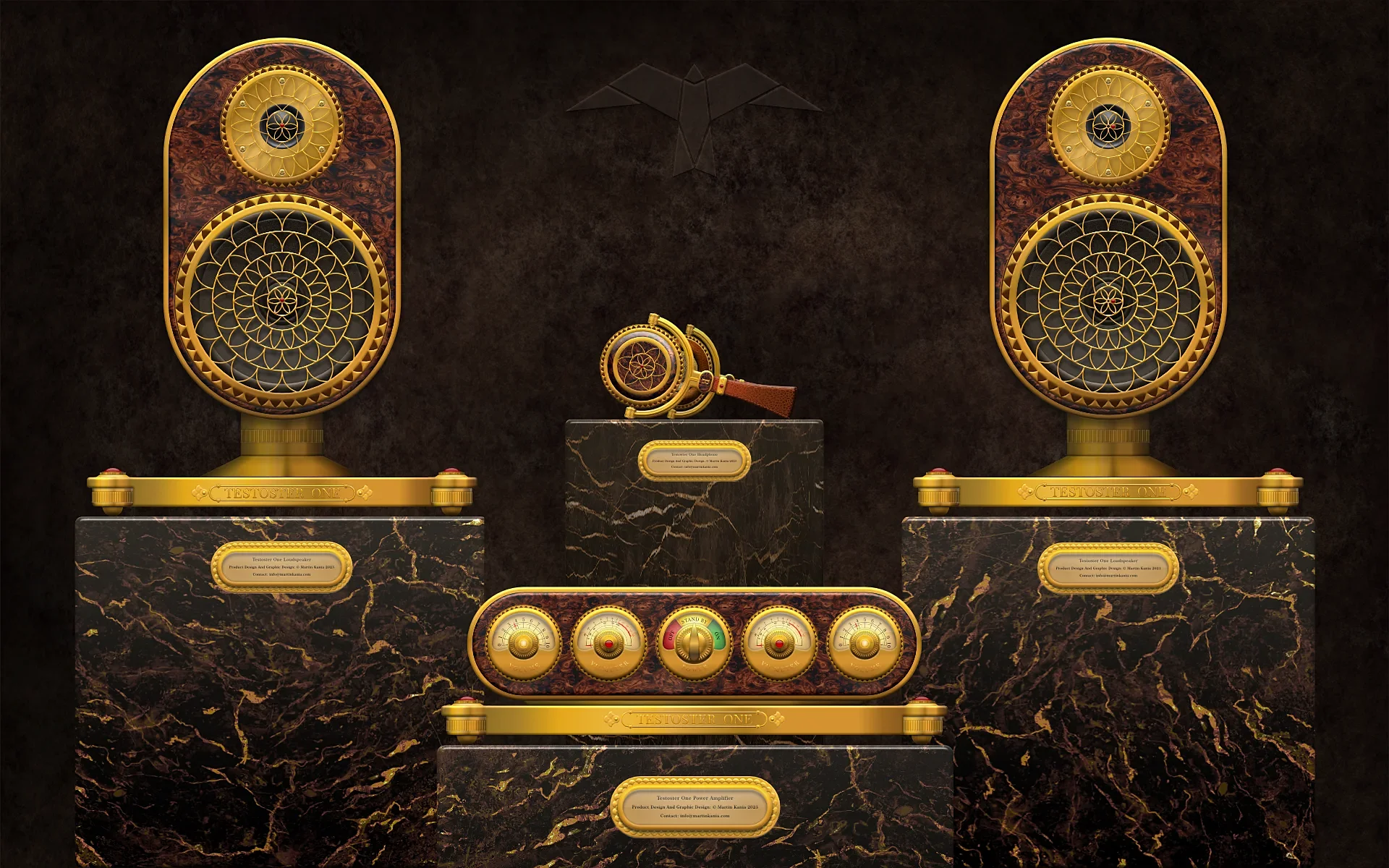
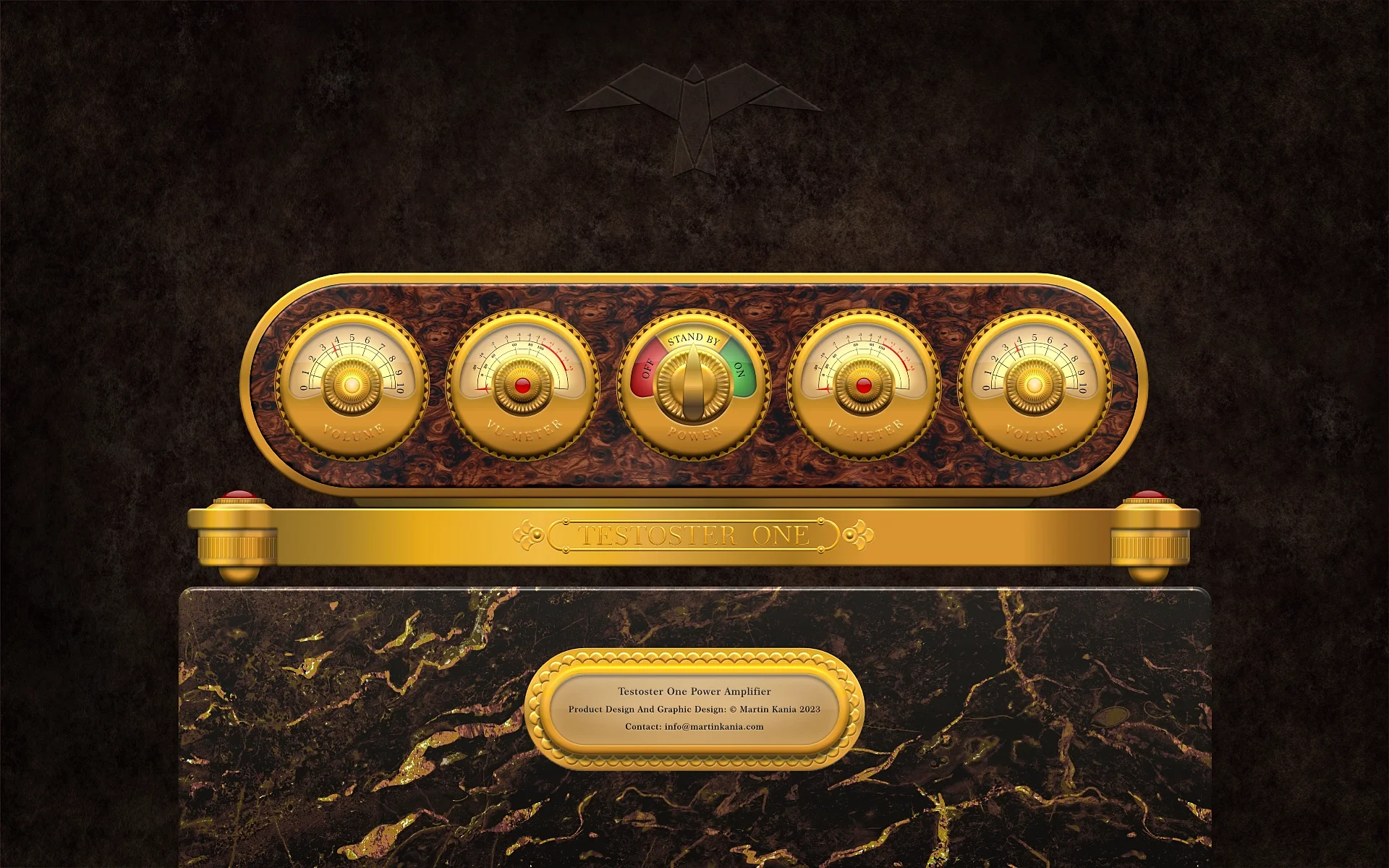
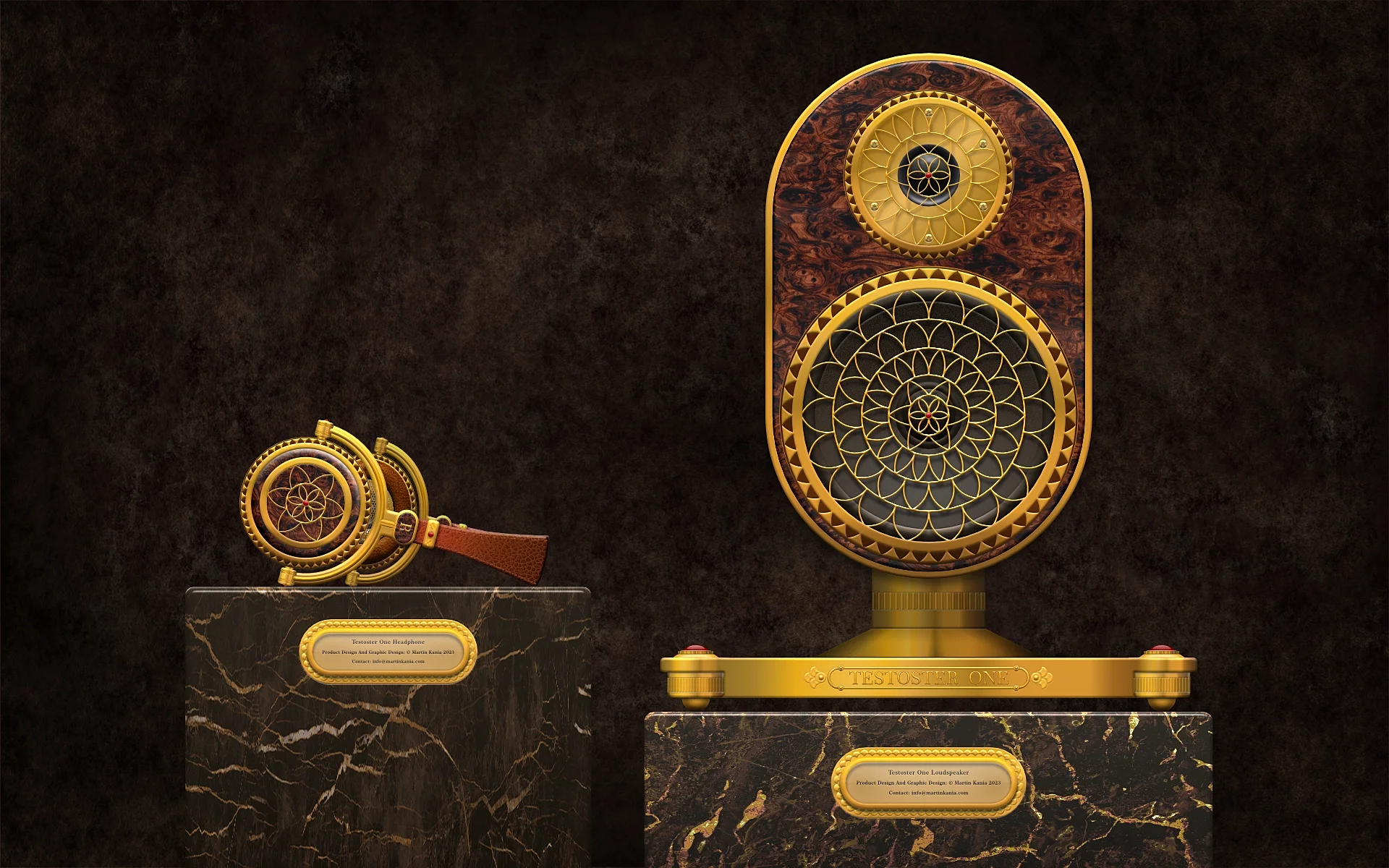
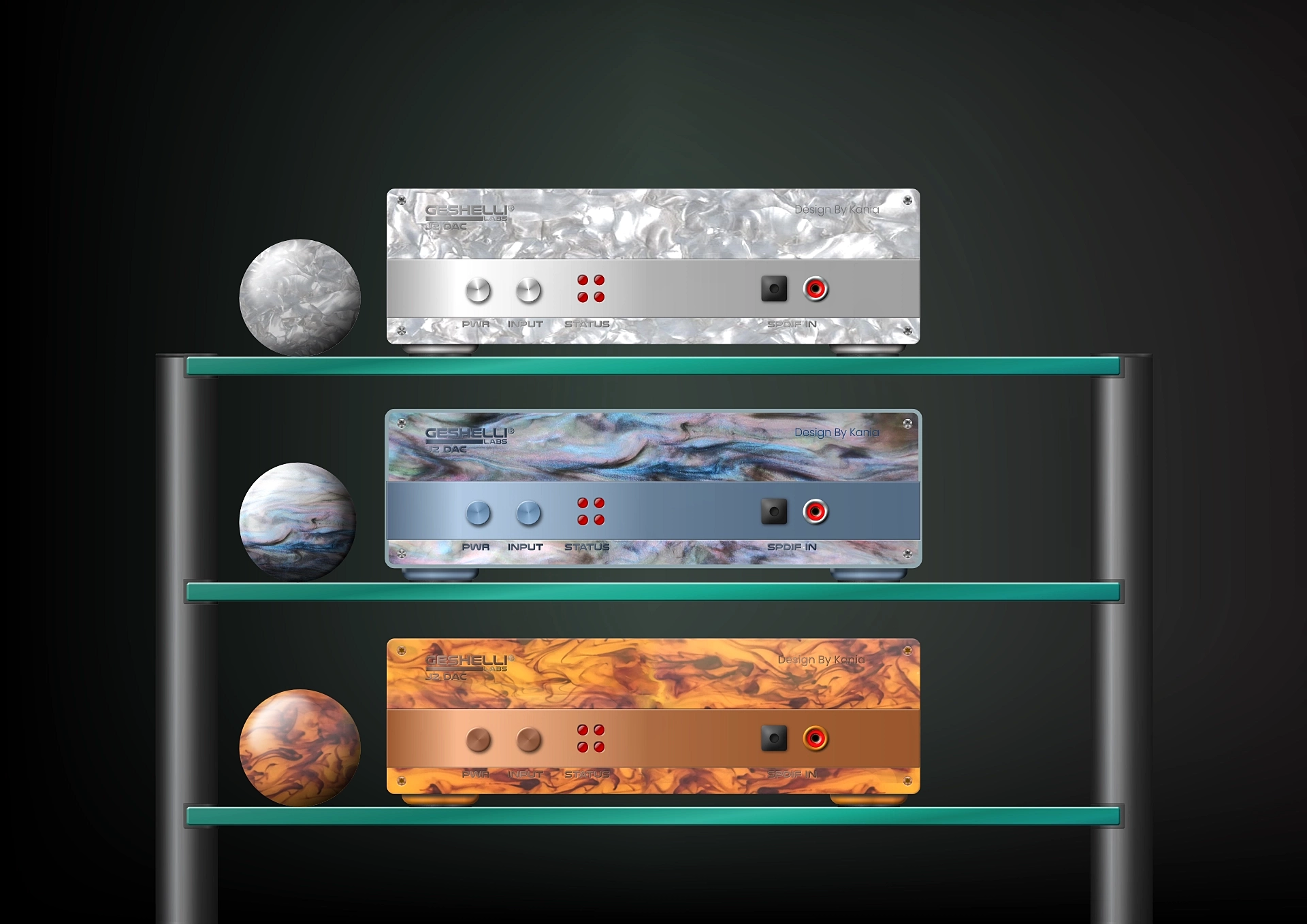
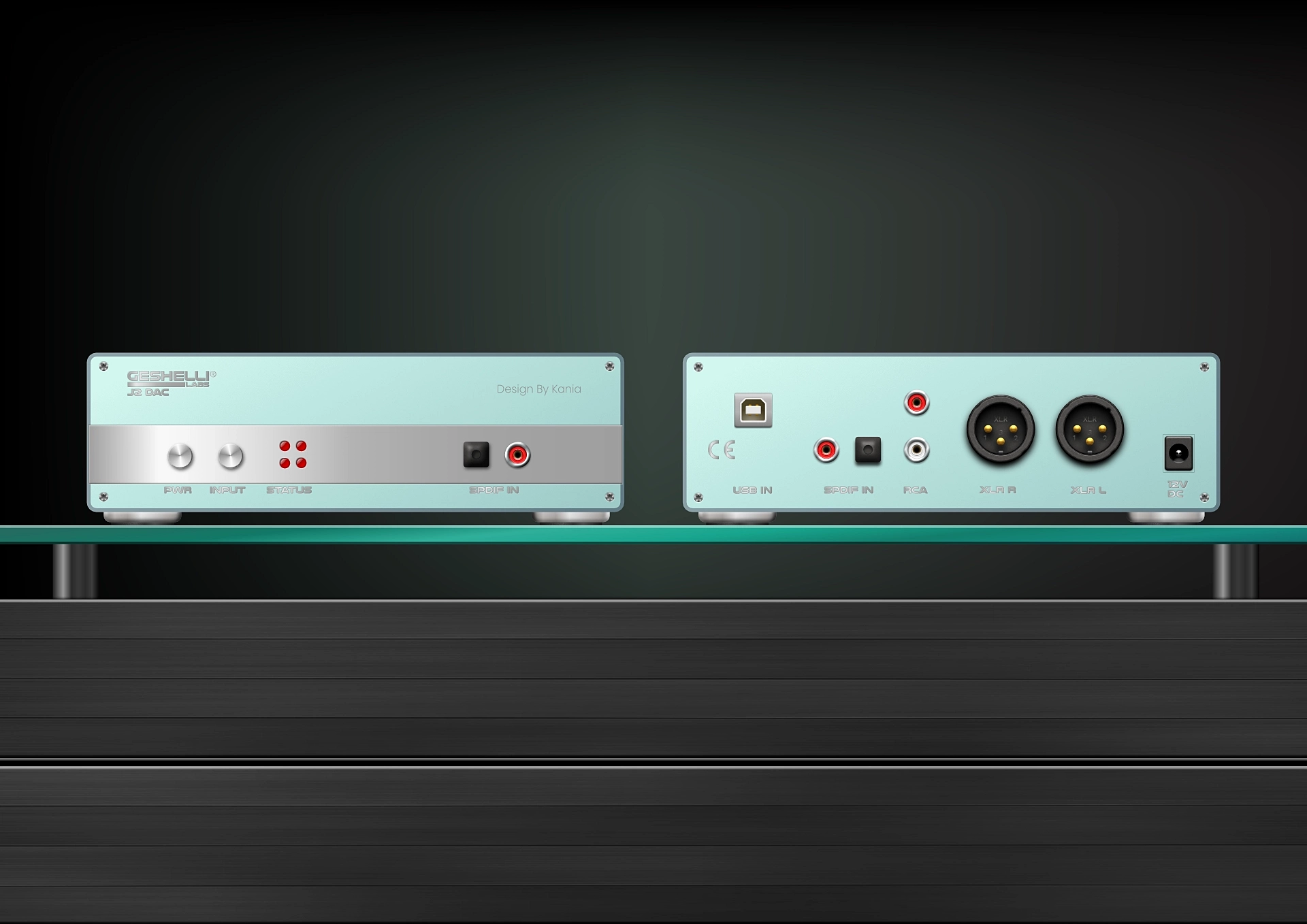
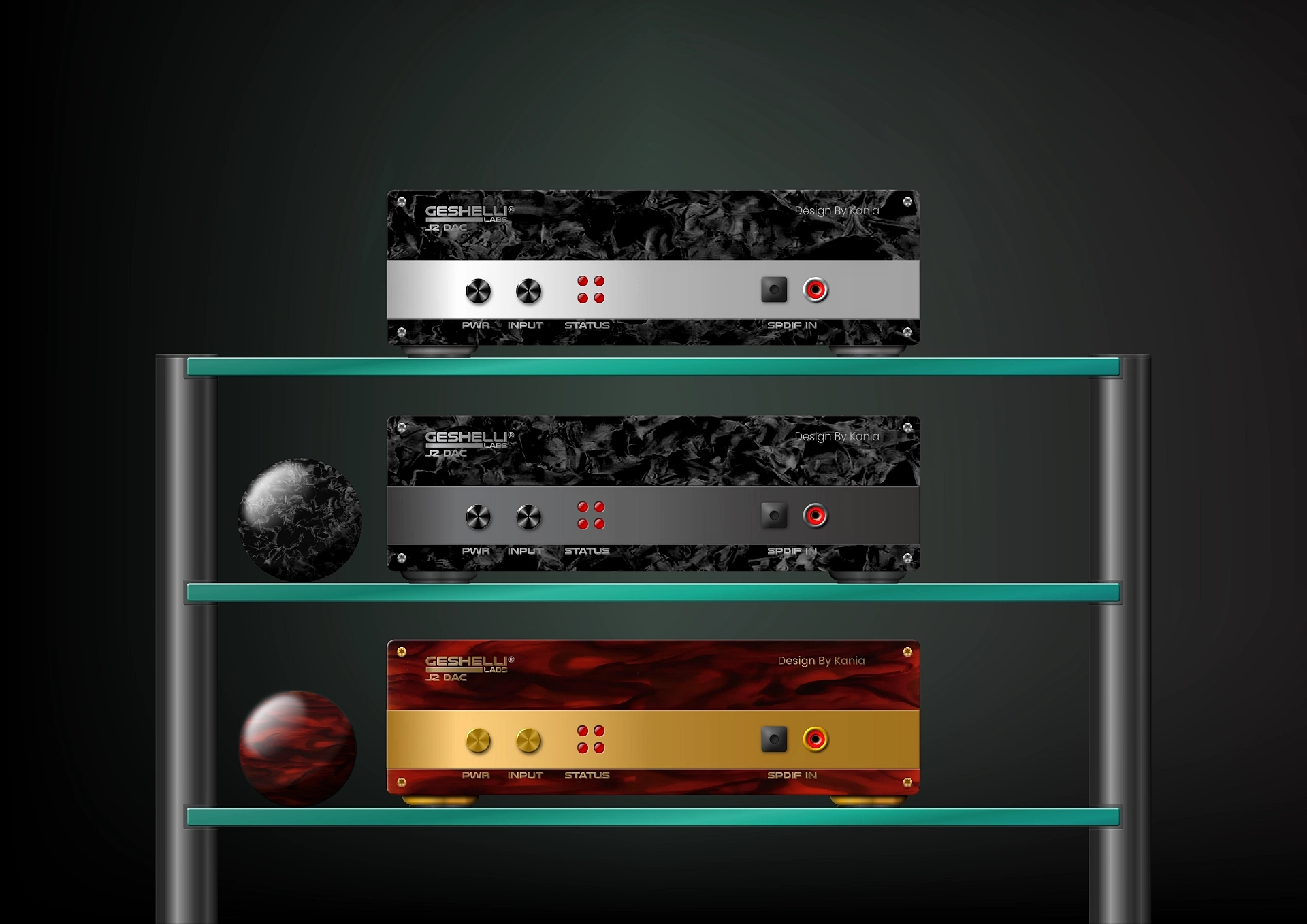
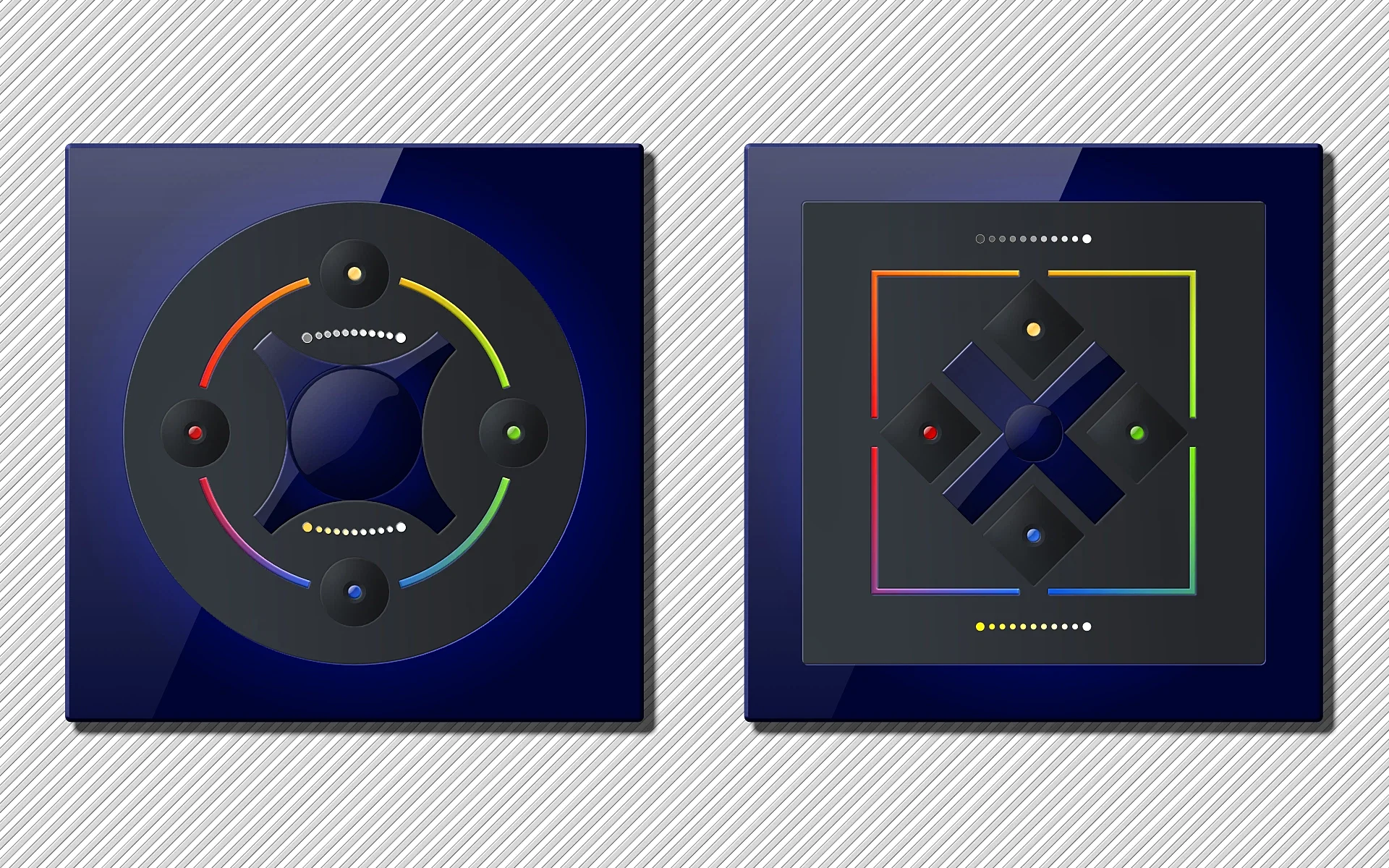
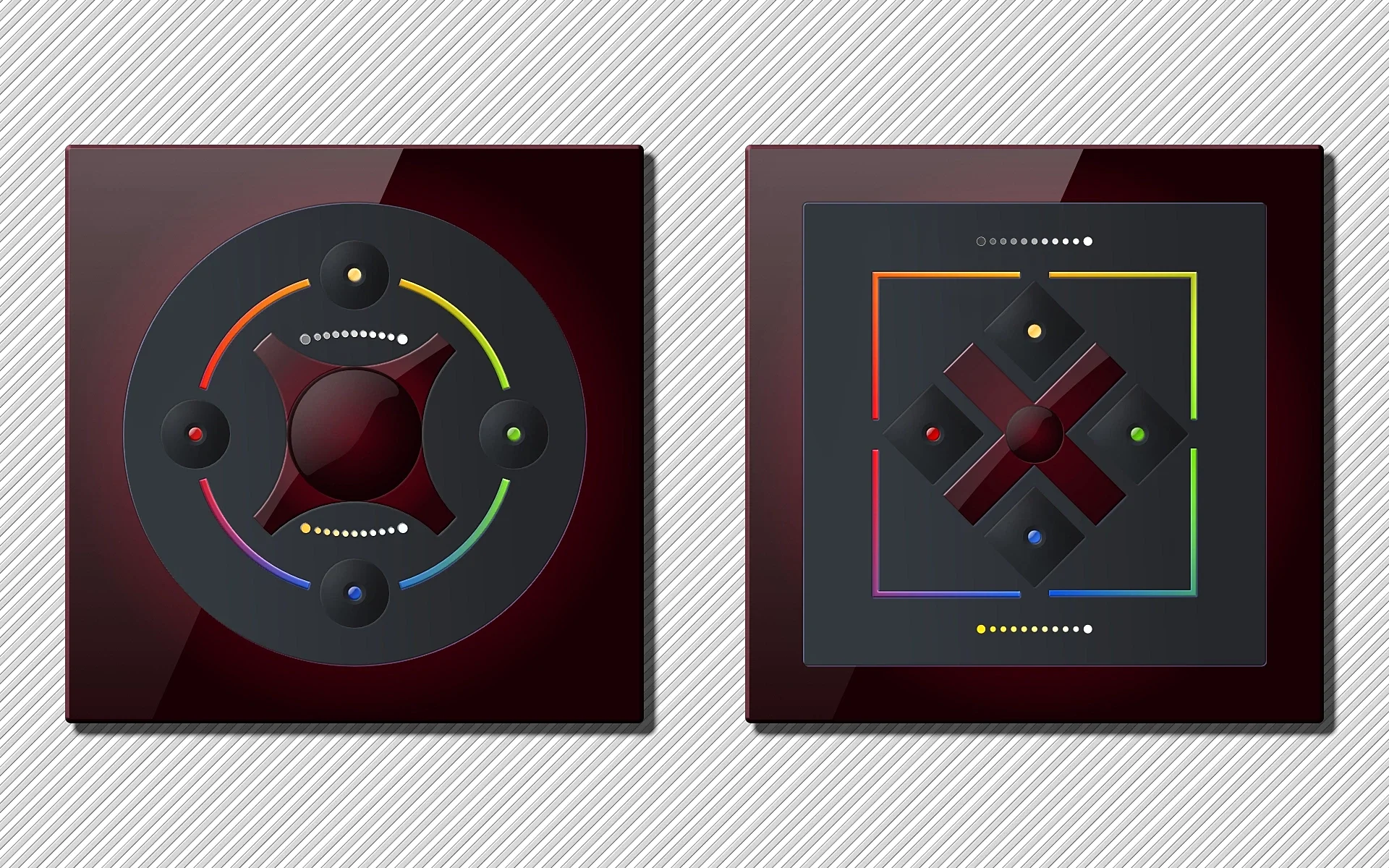
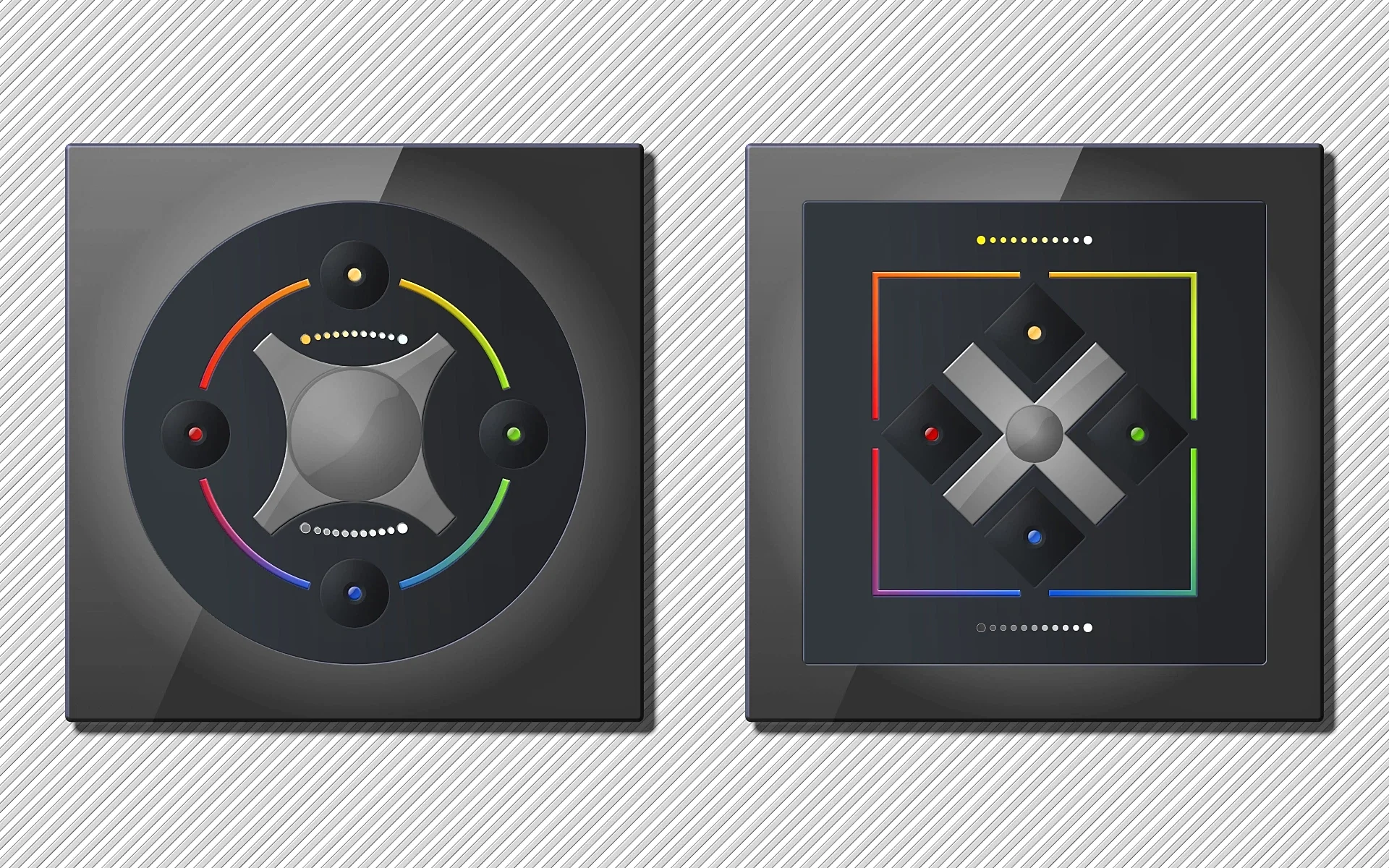
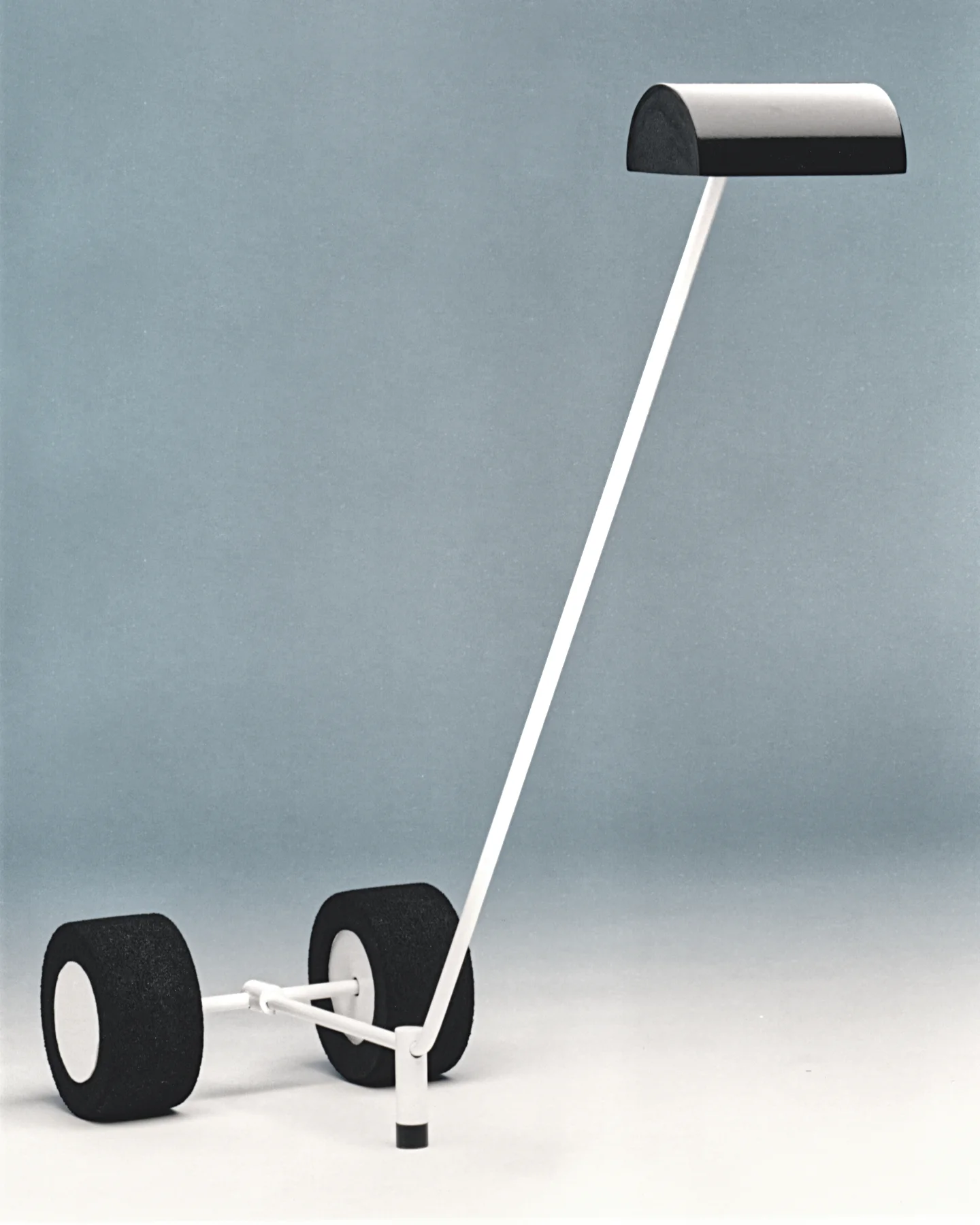
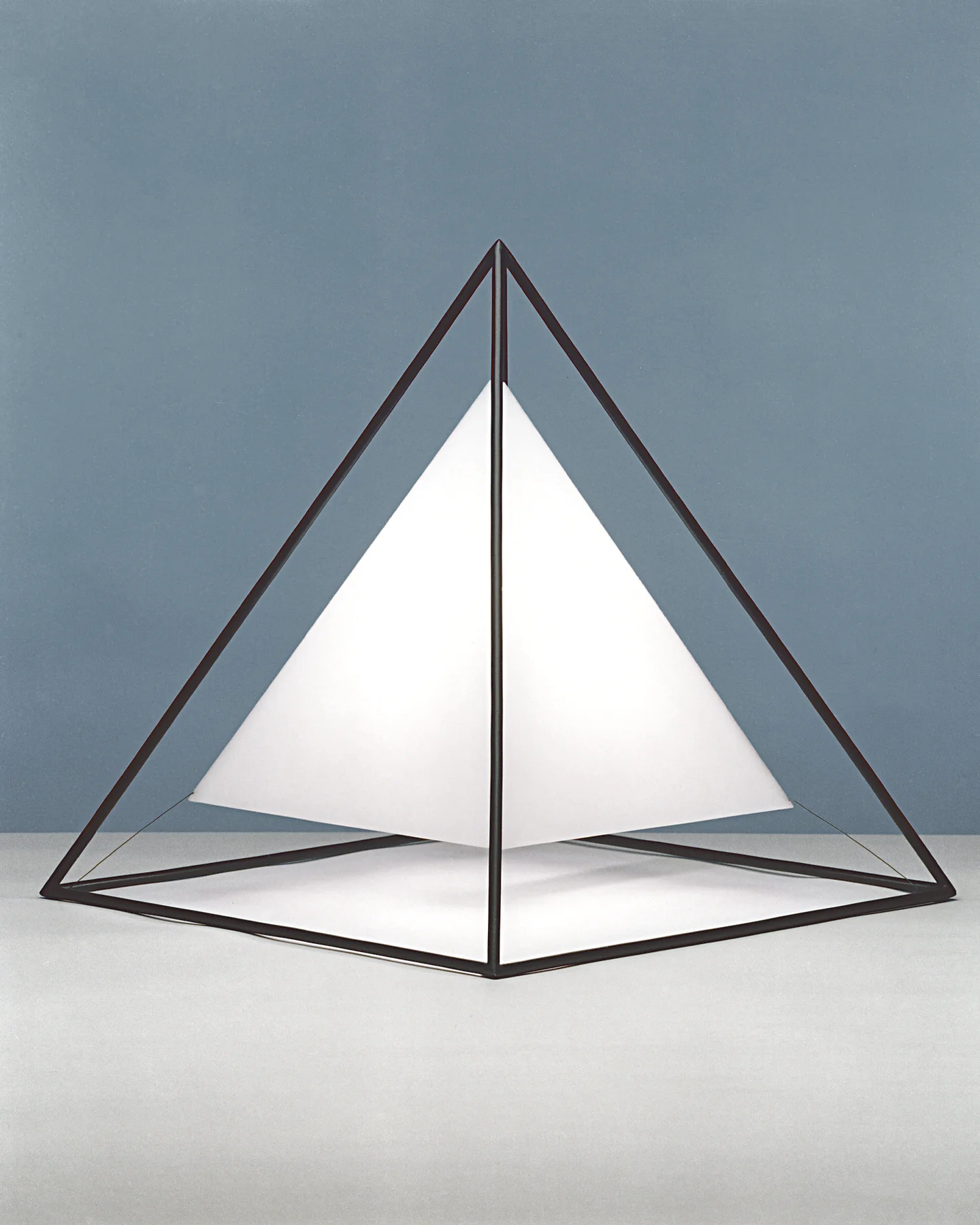
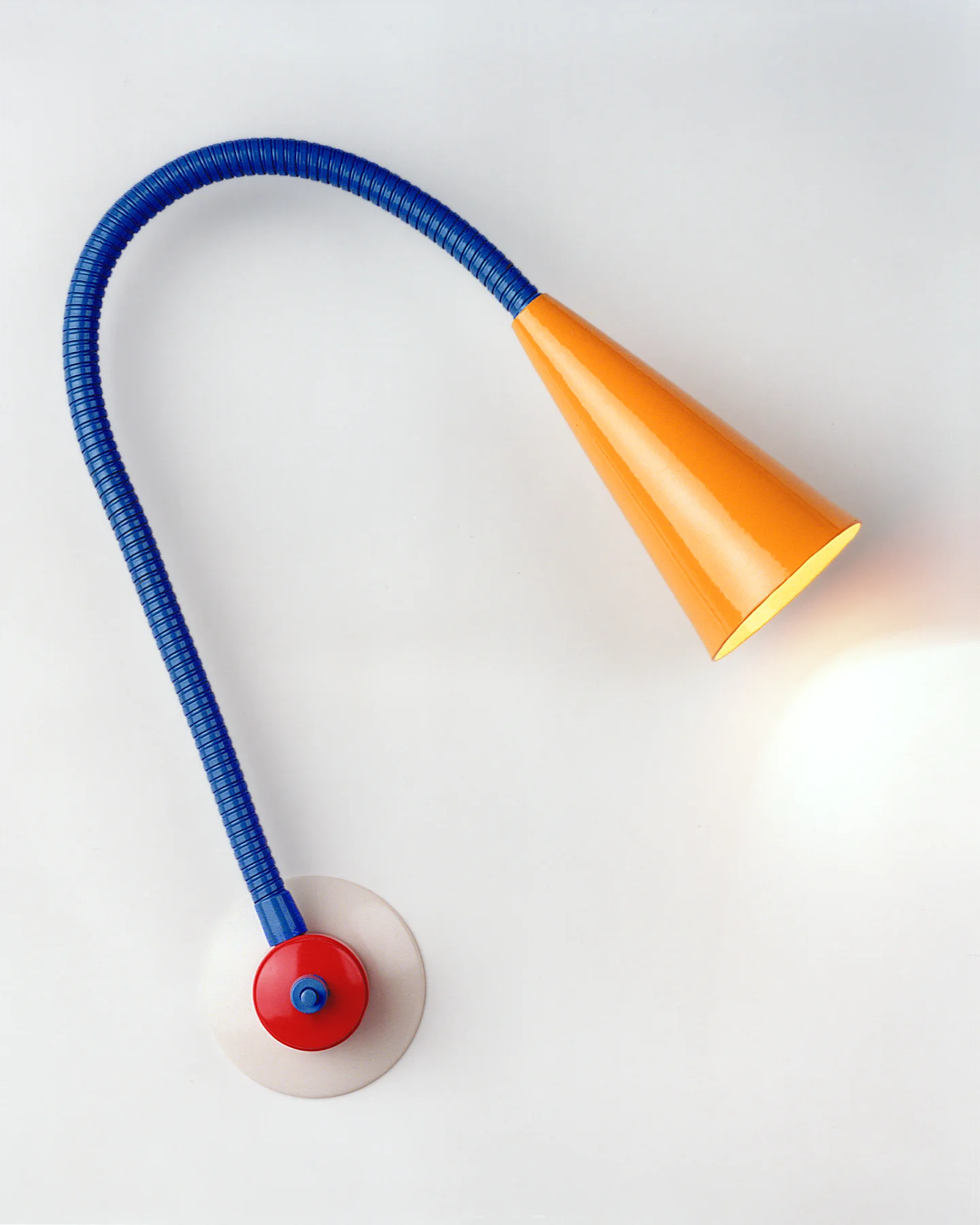
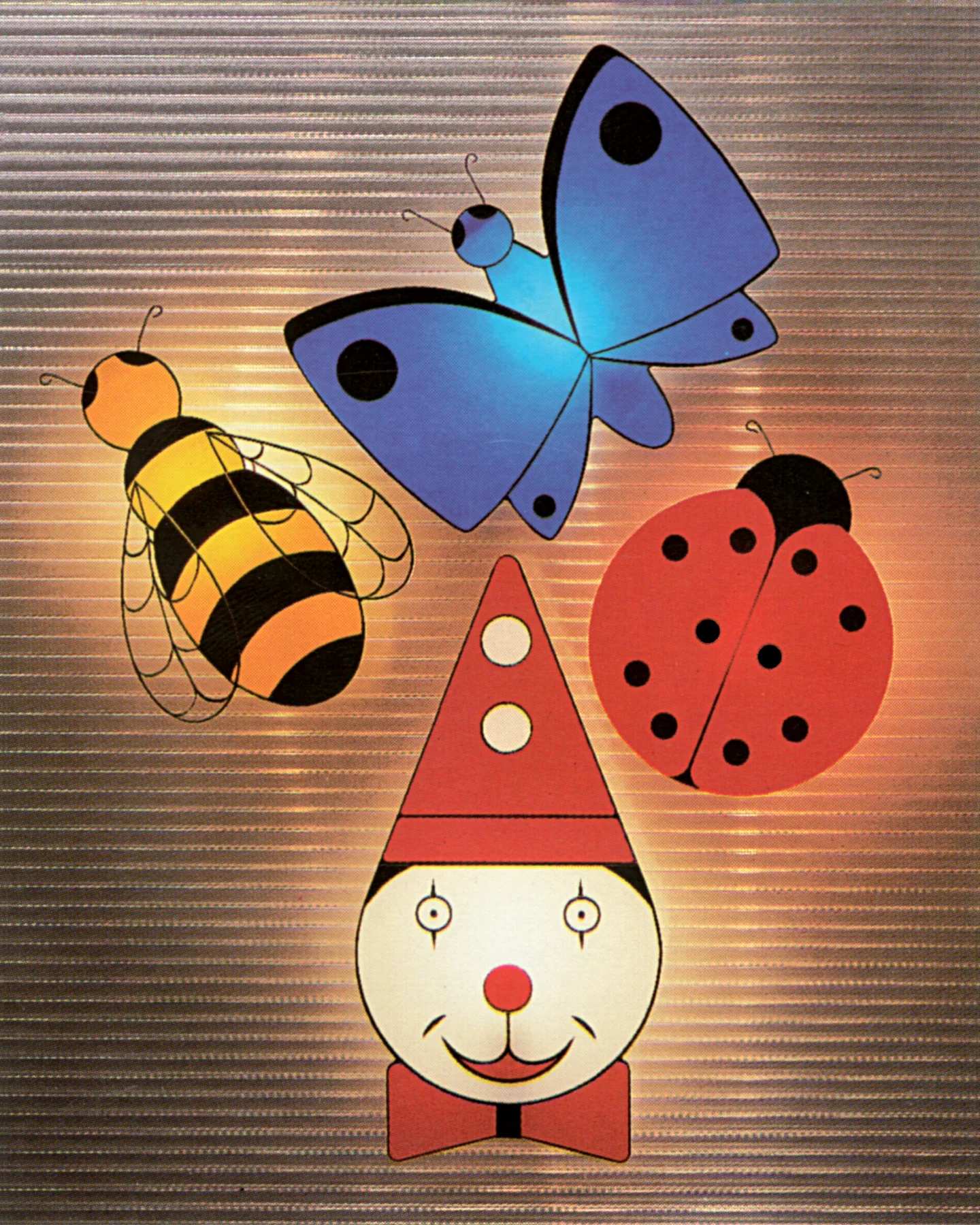
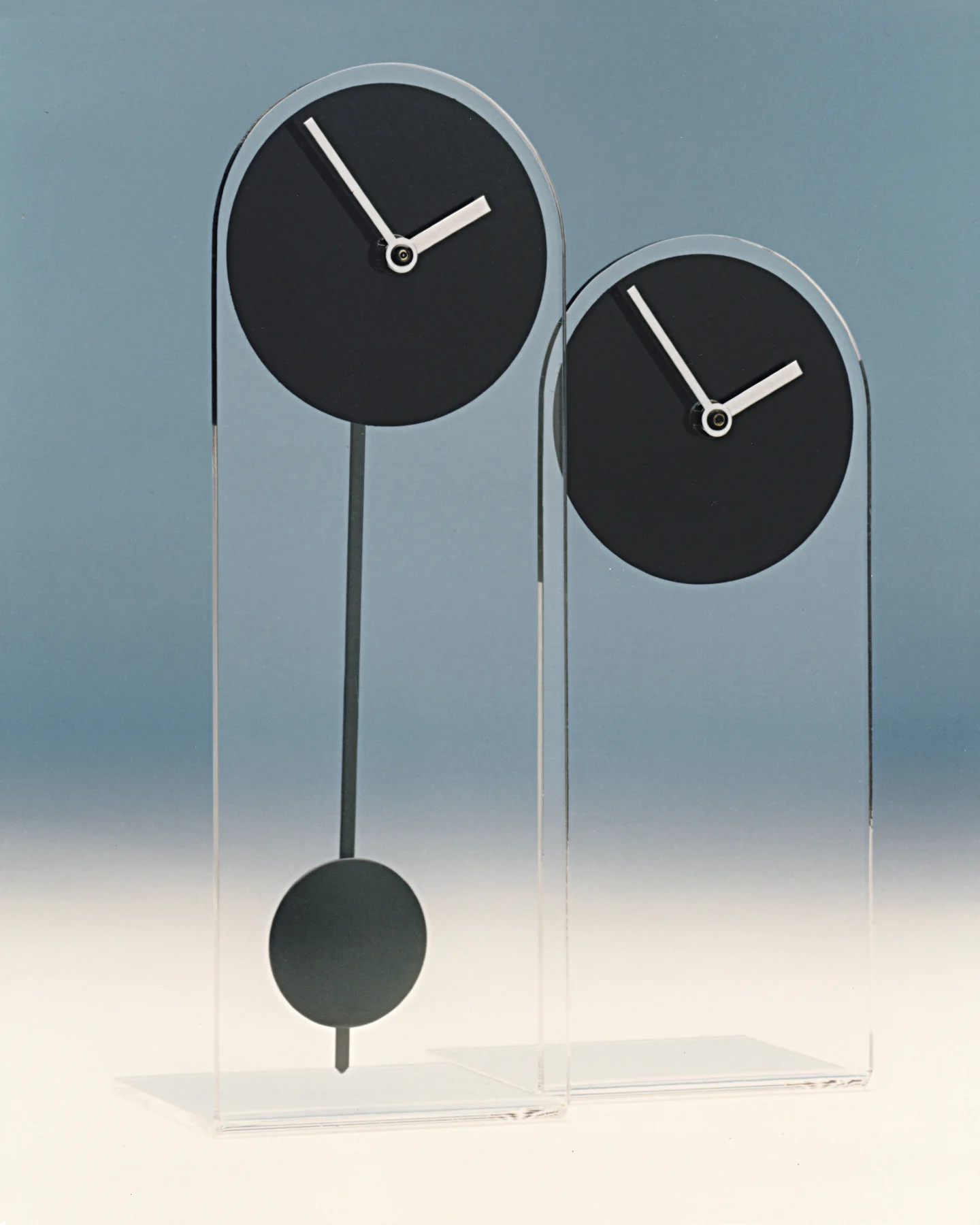
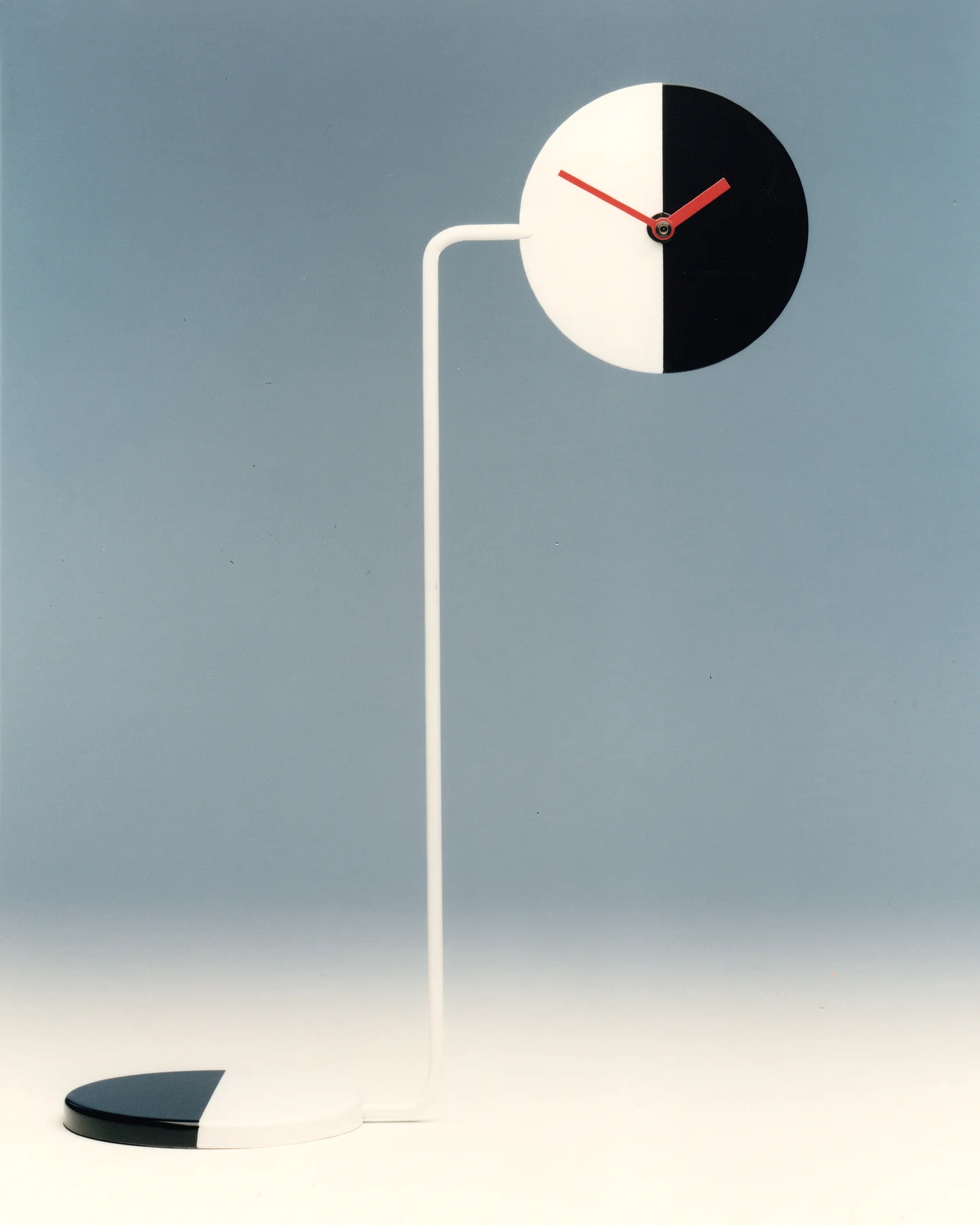
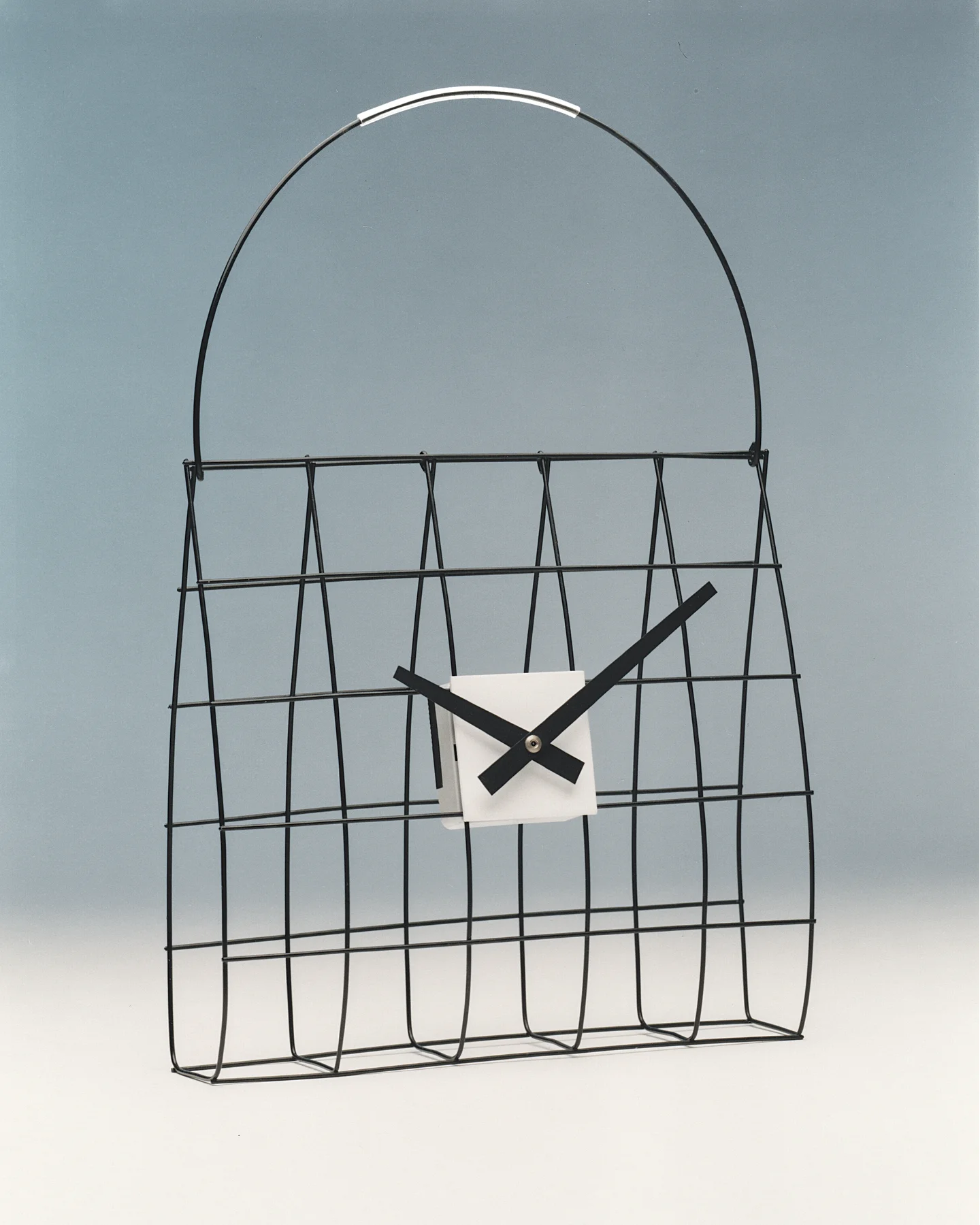
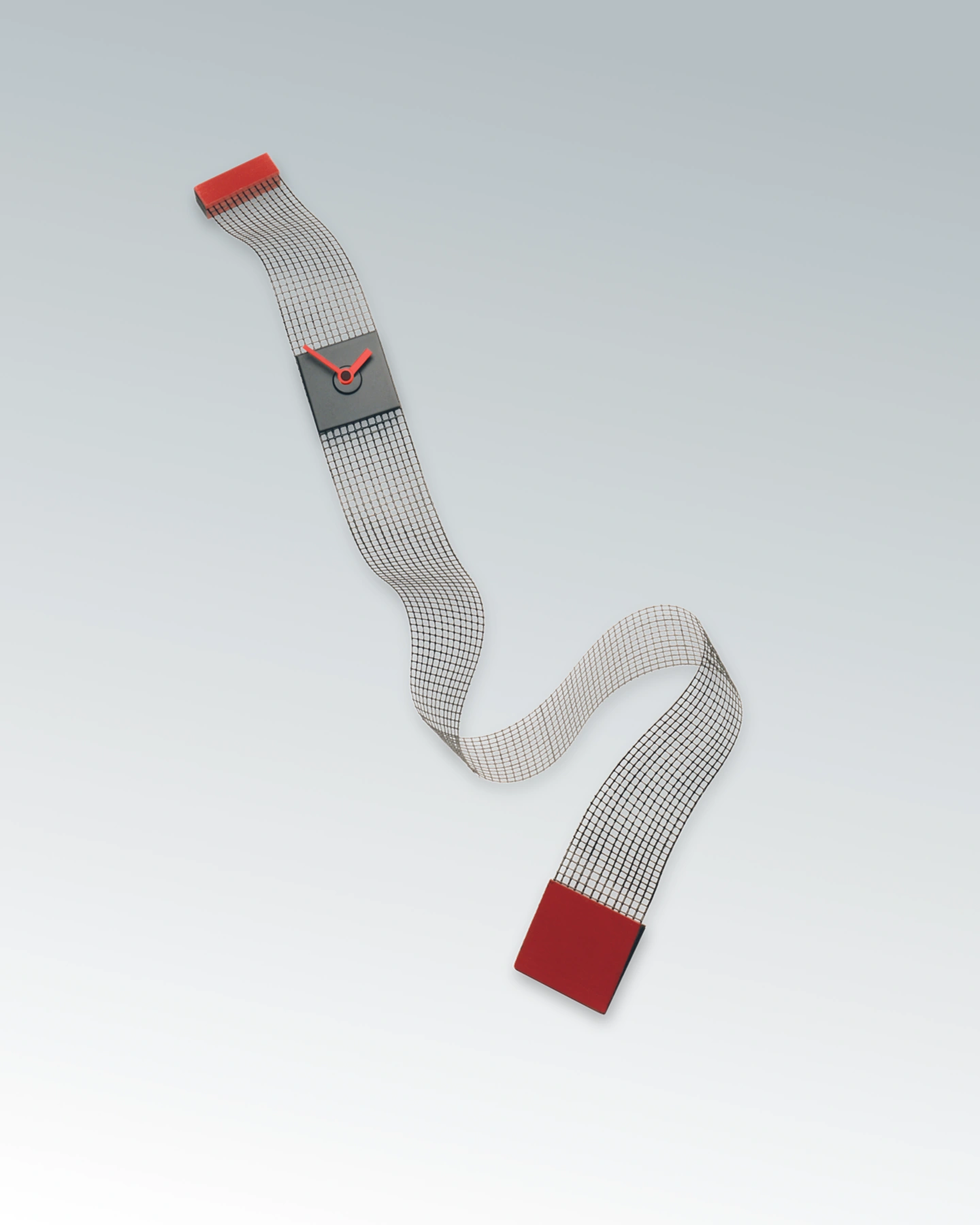
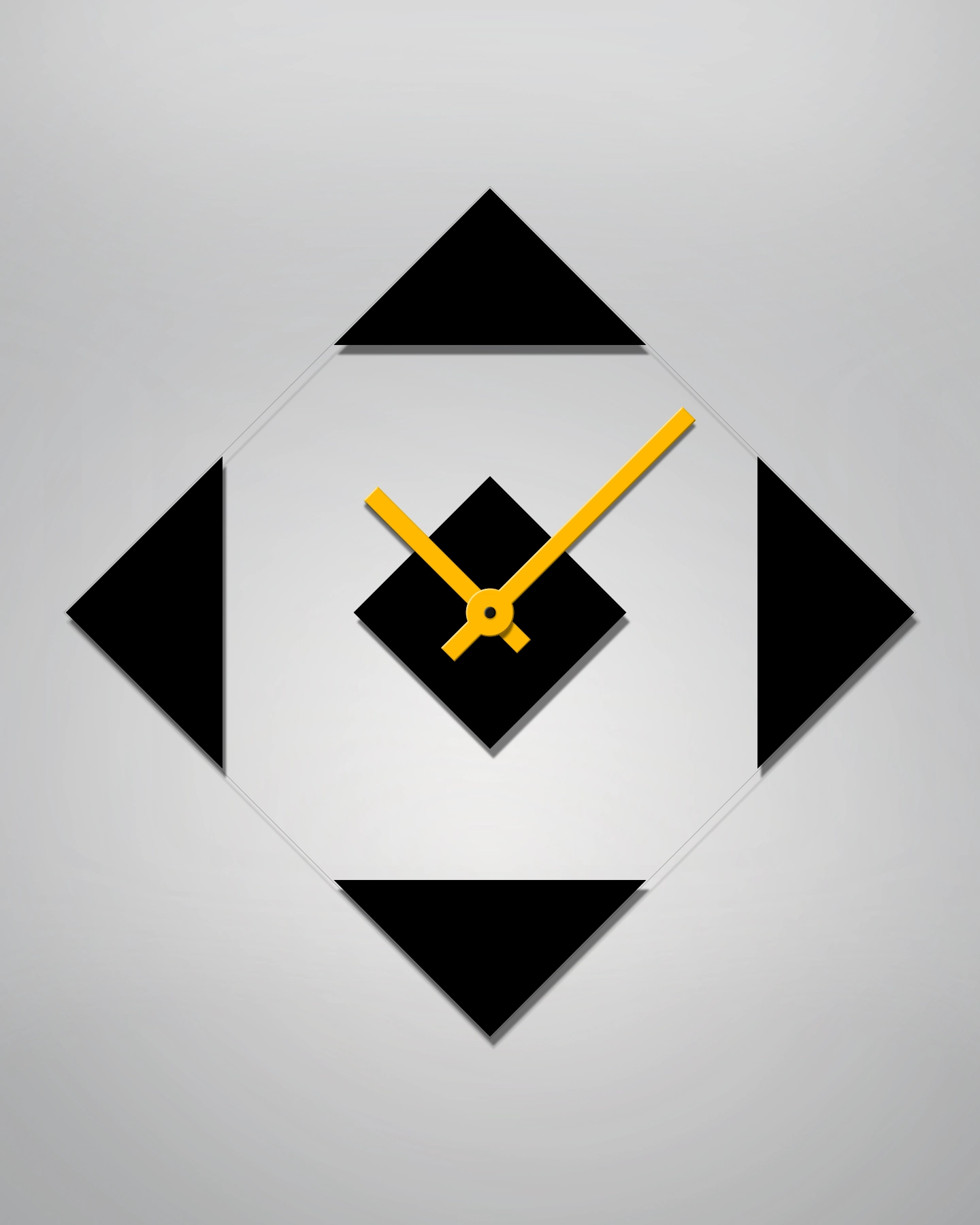


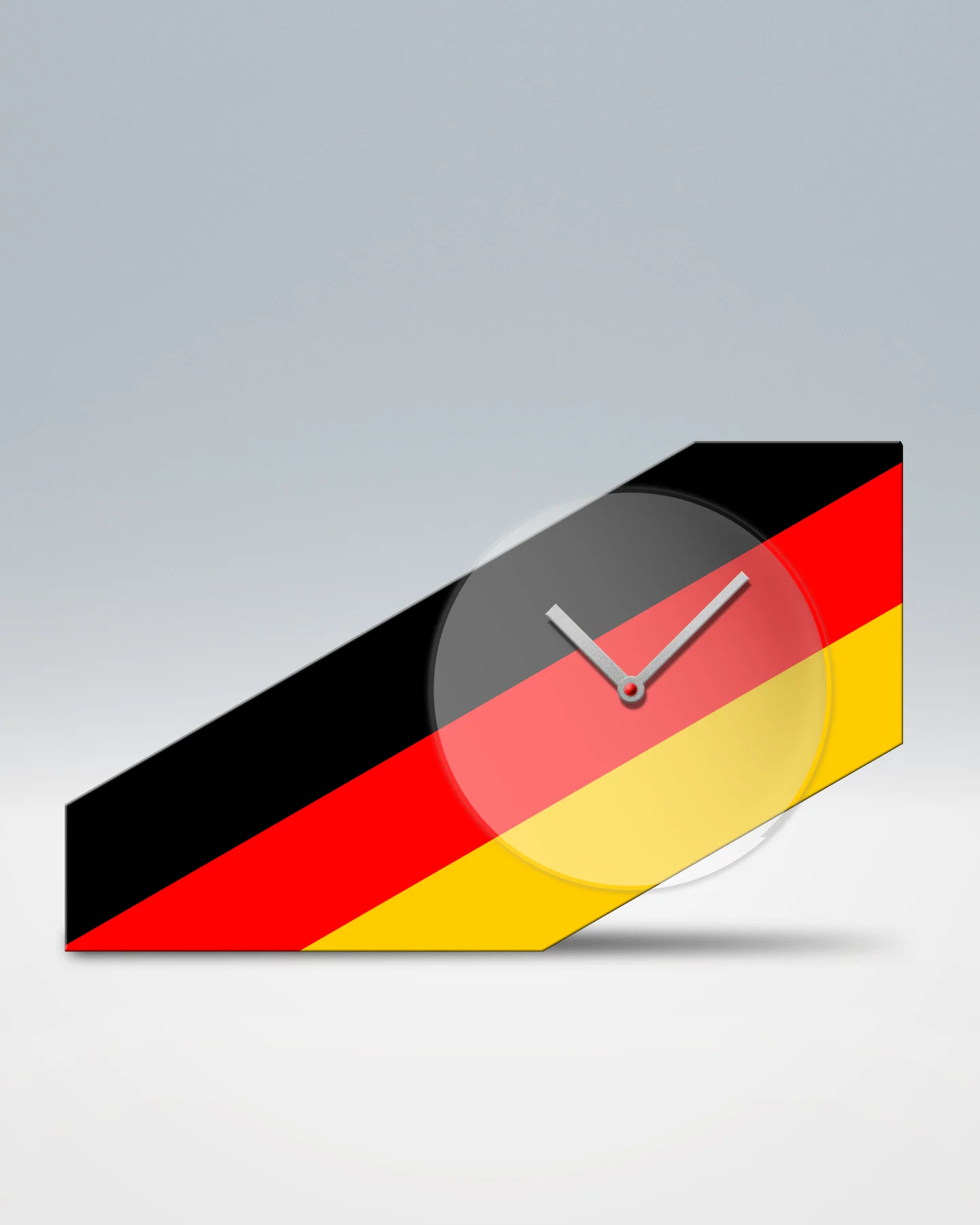


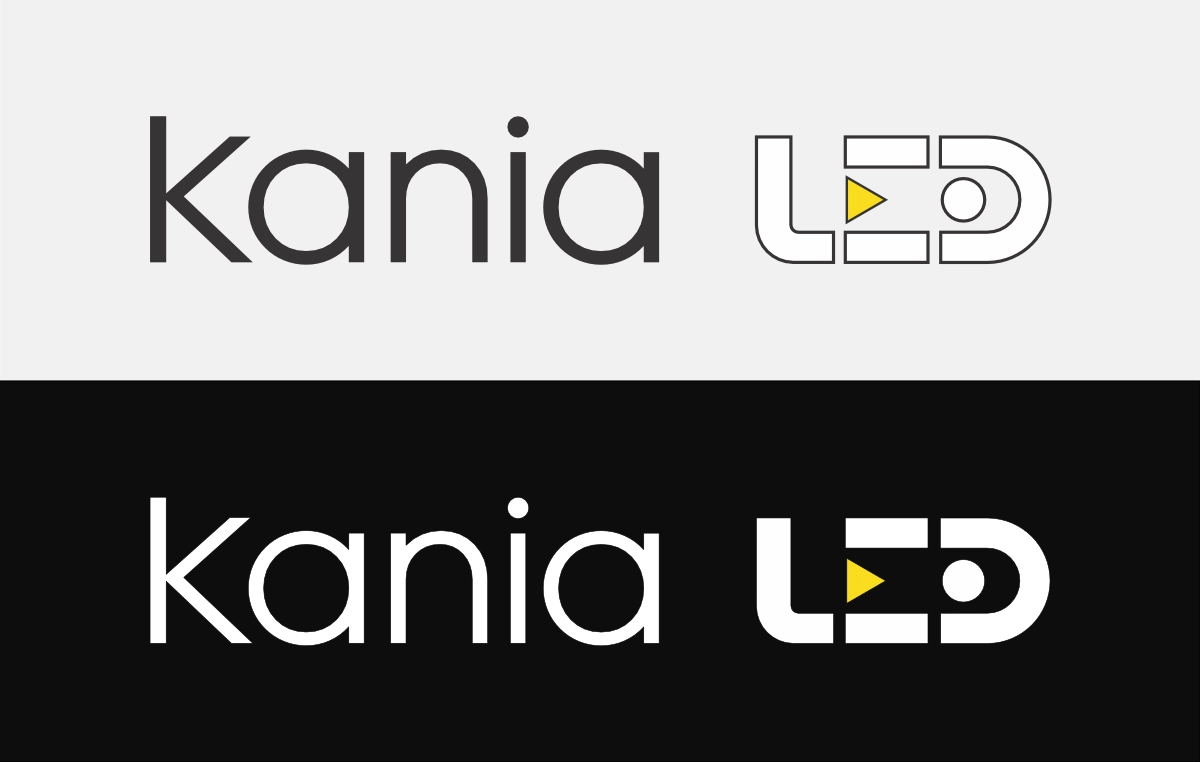

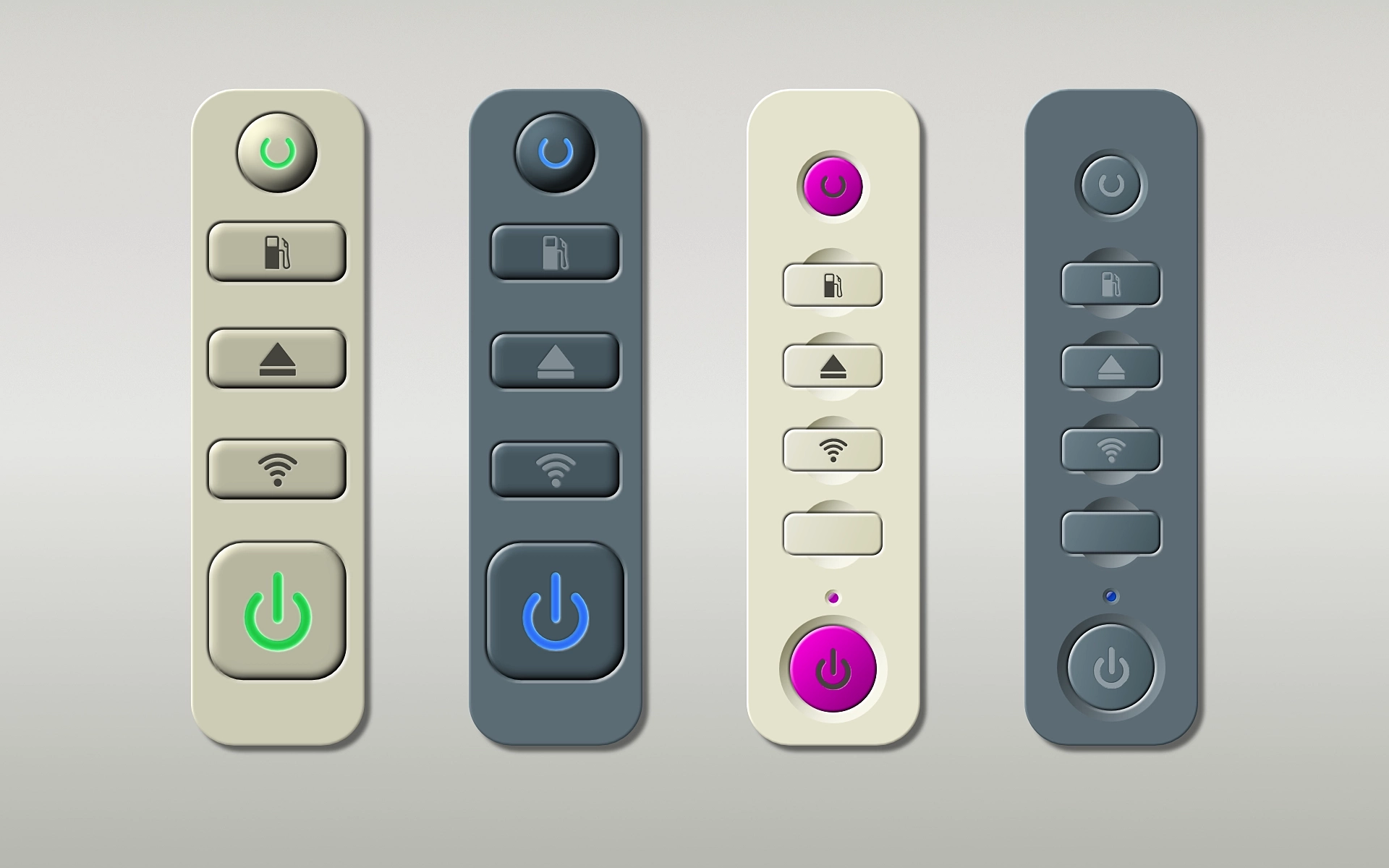
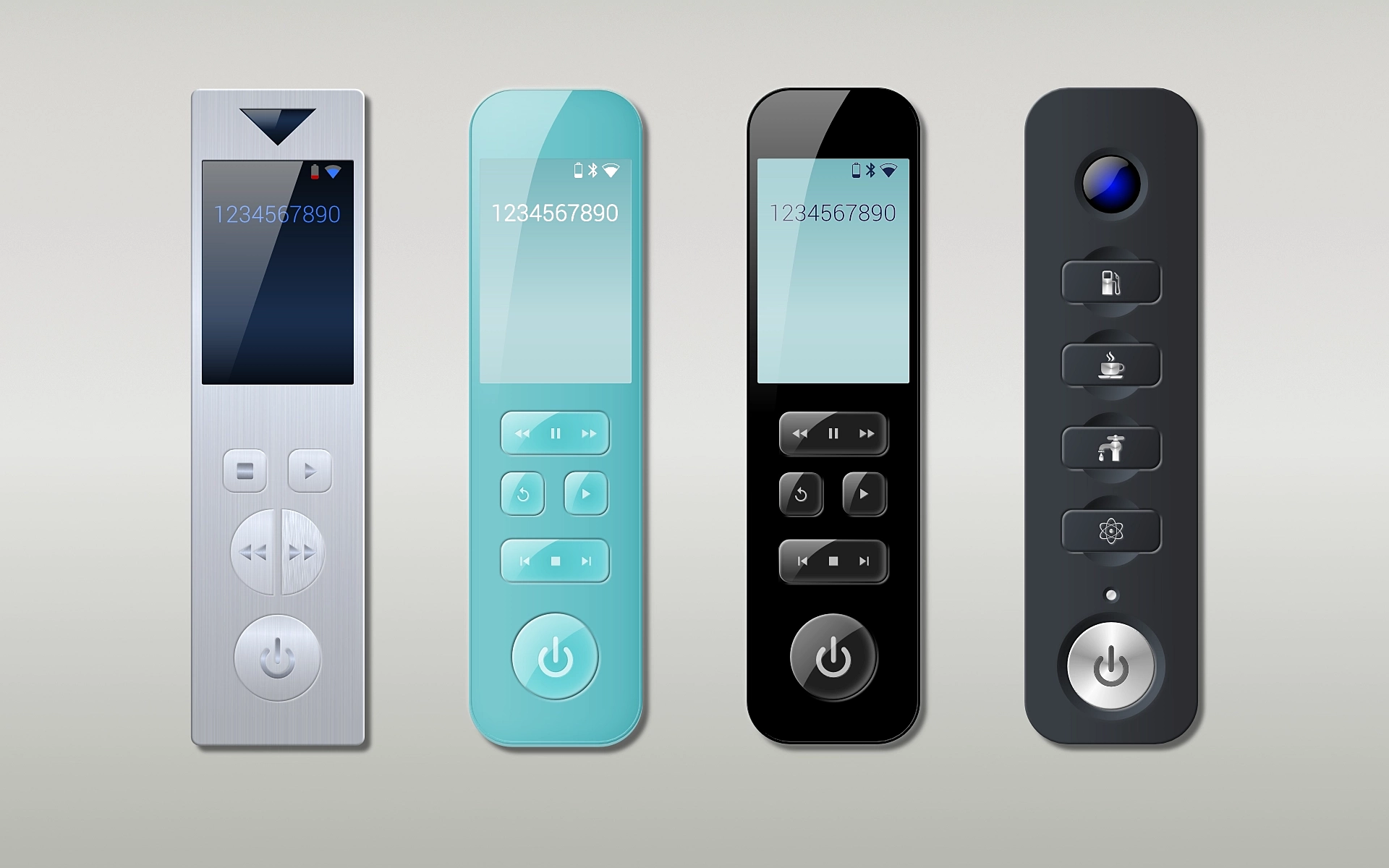
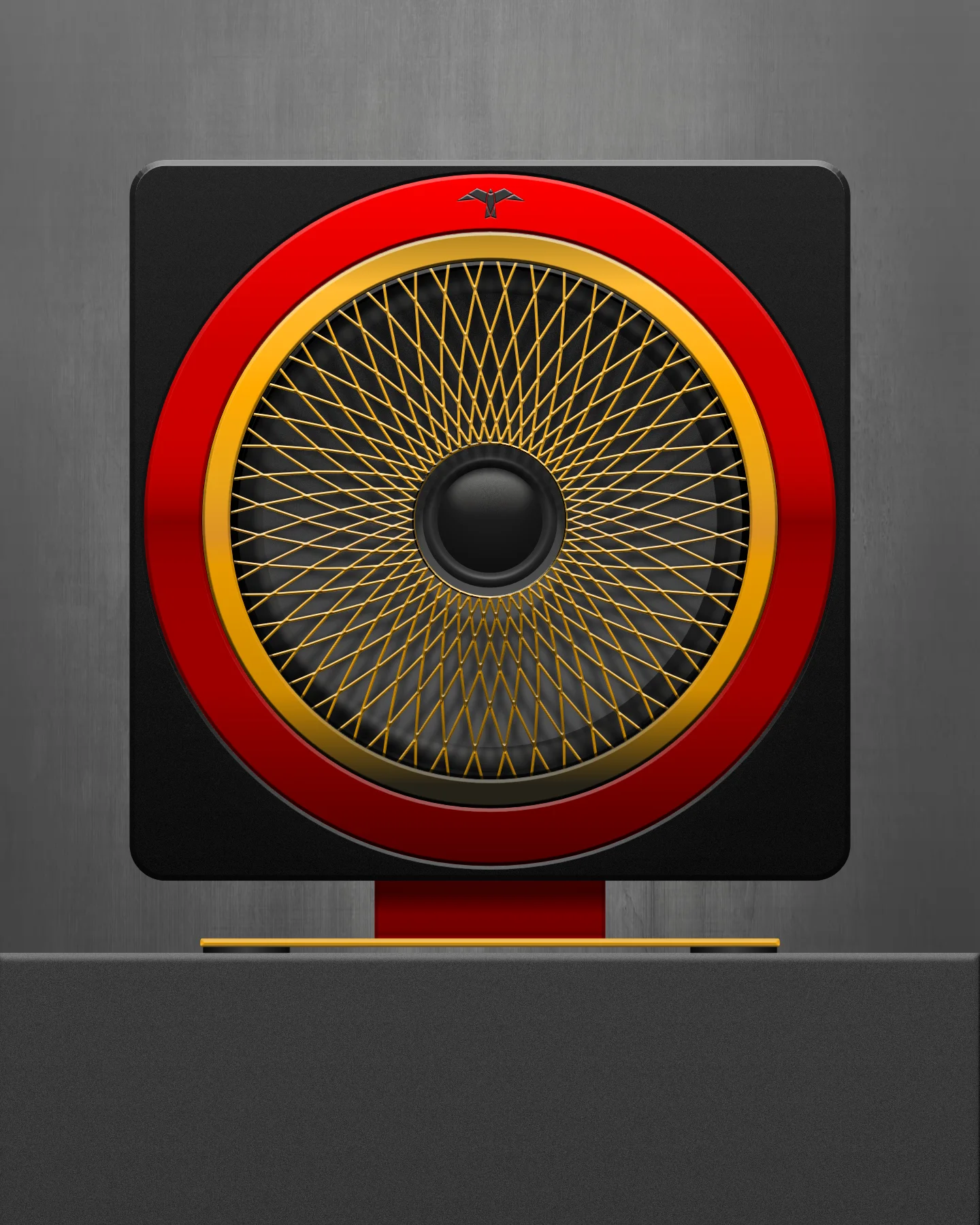
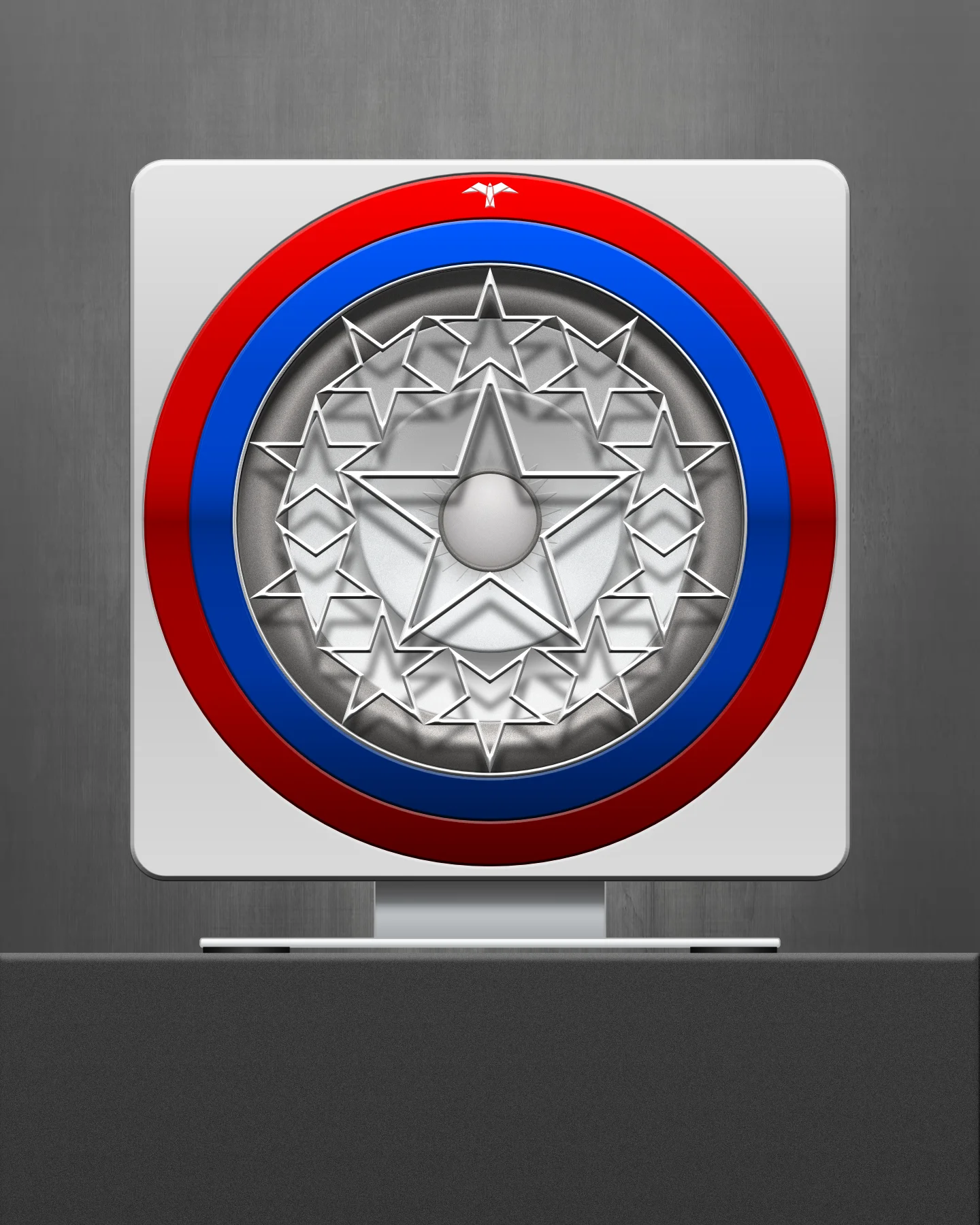
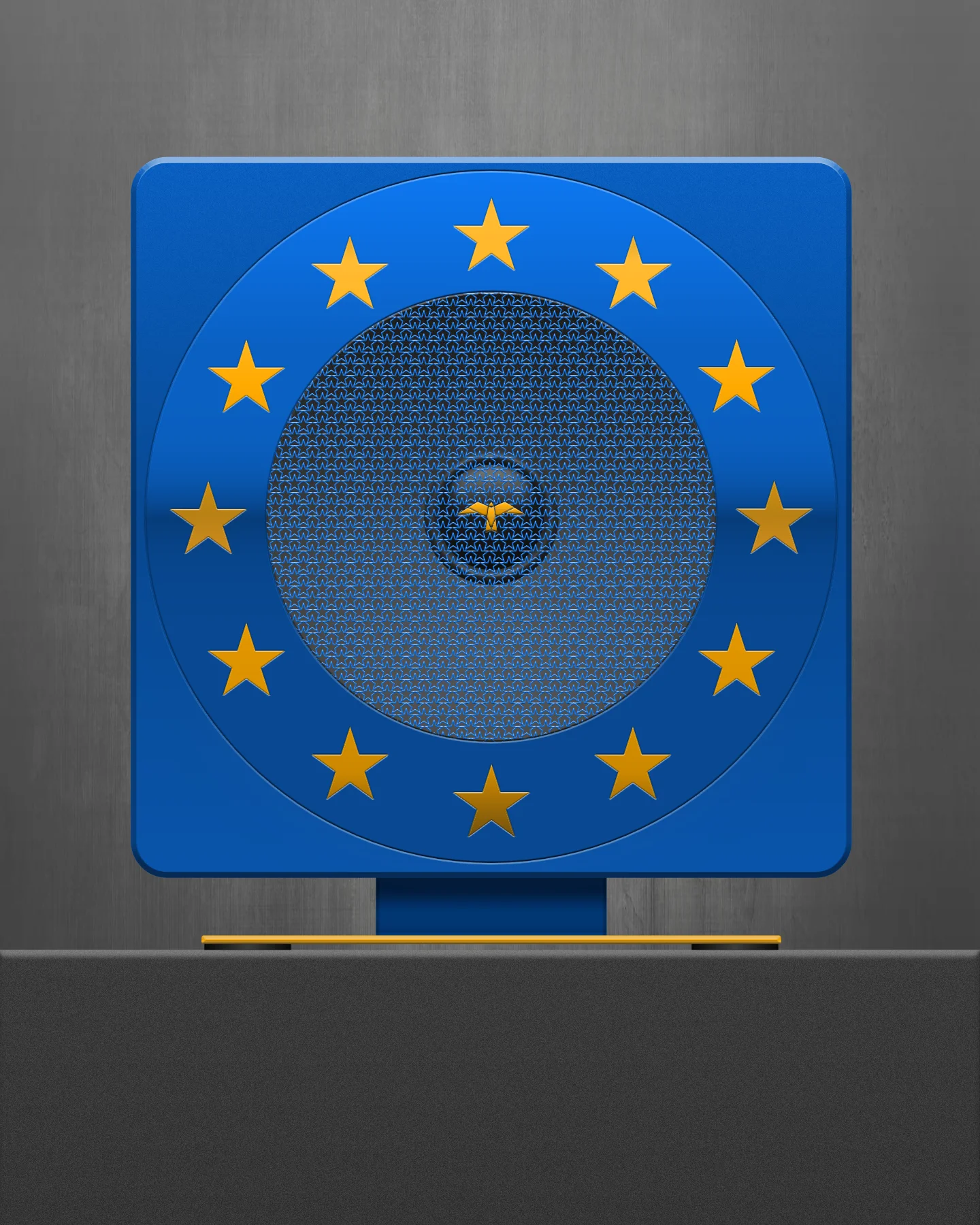
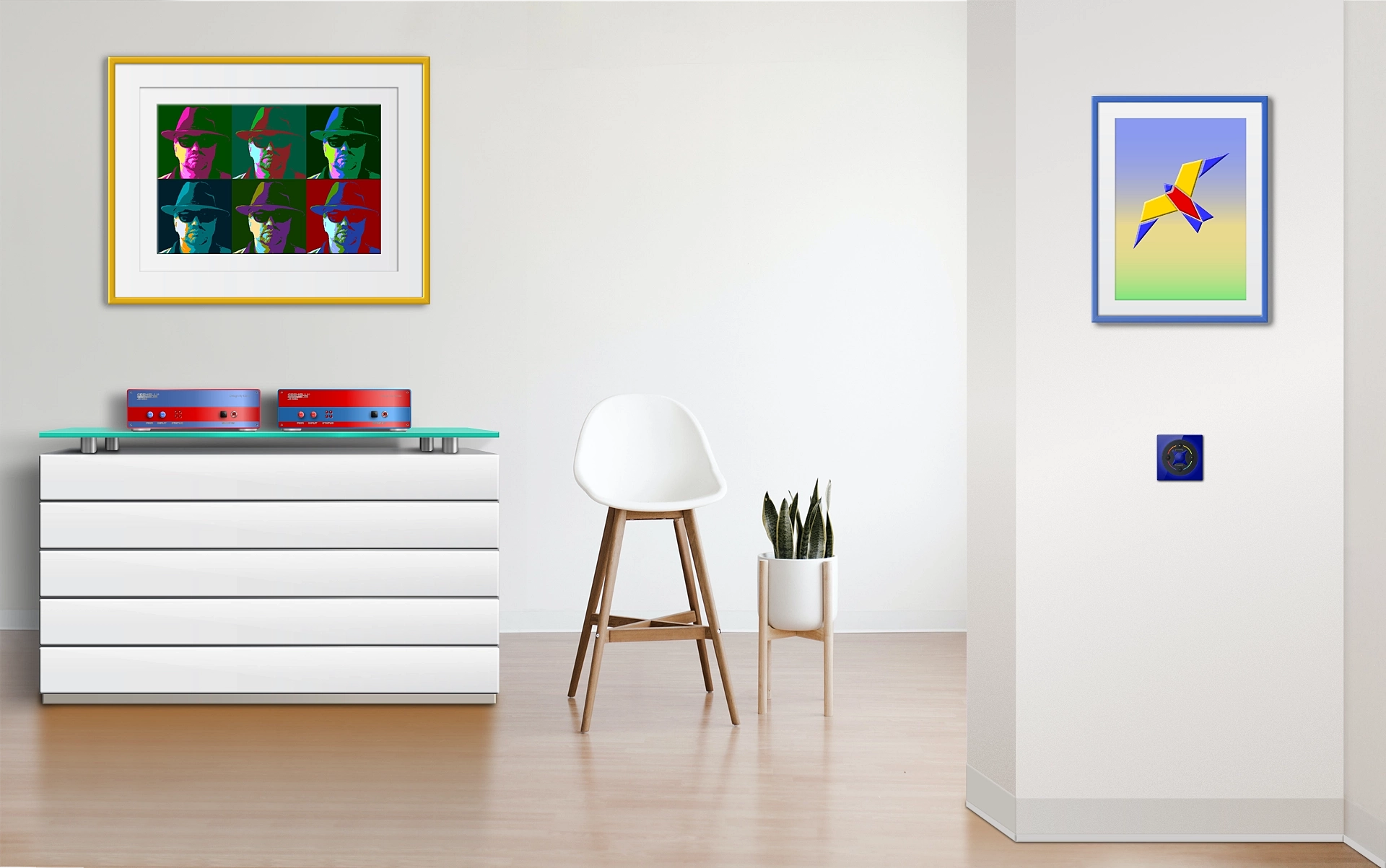
Contemporary Living
A photo and illustration collage, featuring the audio DAC and the smart light switch.
Anyone familiar with the lighting systems market knows the products of the German designer, developer and visionary Martin Kania. Two classics in this field come from his creative pen, a cable system and a track system with open conductors.
Today, Martin Kania looks back on a varied career, creative from the start and involved in design projects of the most diverse kind.
Martin Kania luminaires are known around the world and copied in an infinite number of variants.
In 2003, Martin Kania relocated from Germany to the USA to pursue new opportunities.
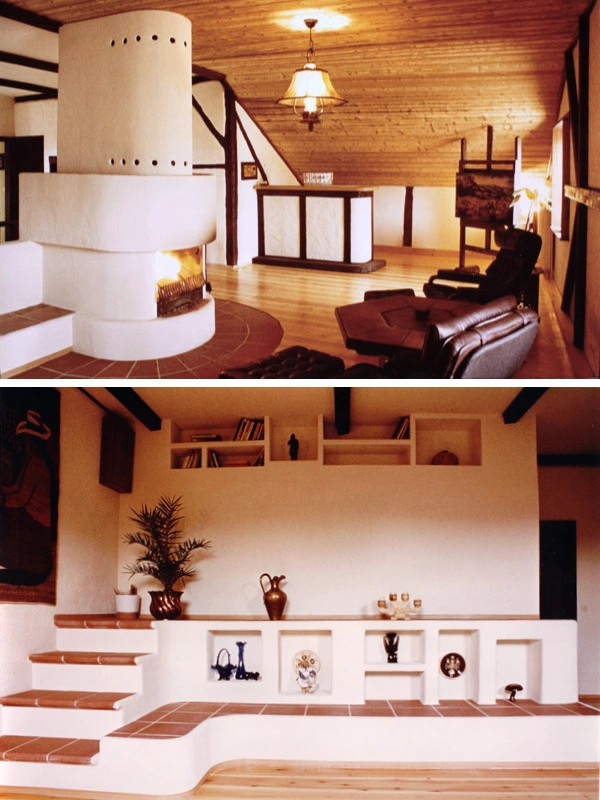
After an apprenticeship as a certified Visual Marketing Designer, he worked for a sculptor for several years, where he learned the craft from design to finished product and then started his own business in this field. In line with his interests, he soon expanded his activities to include interior design and the design and manufacture of furniture.
After that, Martin Kania started his own business and gained experience in trade booth construction.
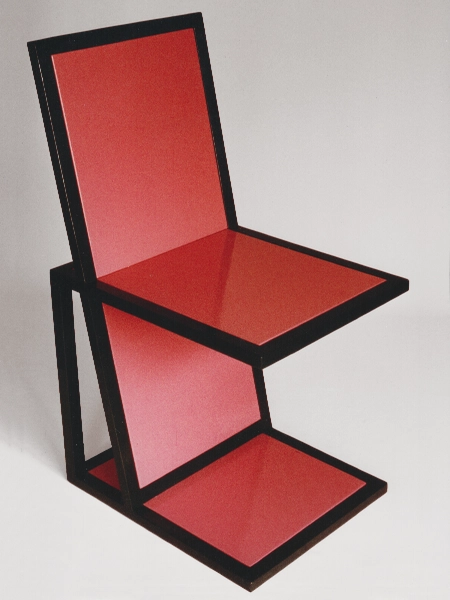
A free design study for an exhibition of modern design furniture. The chair is made of three panels and framed for stability. Sitting on the chair is surprisingly comfortable.
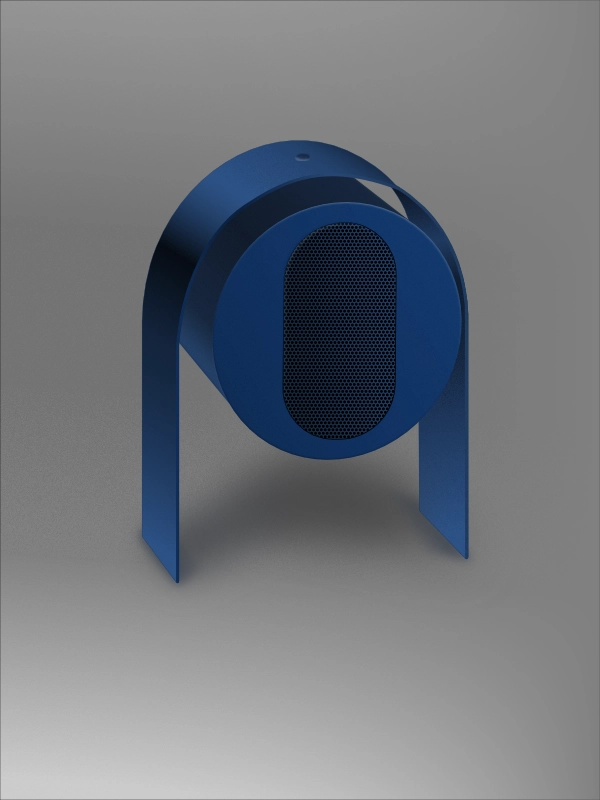
In those days, new materials were often the impetus for design development. This was the case for Martin Kania, who was introduced to fiberglass while working for a manufacturer of high-end sailing yachts and used his experience with the material to develop exclusive fiberglass loudspeakers.
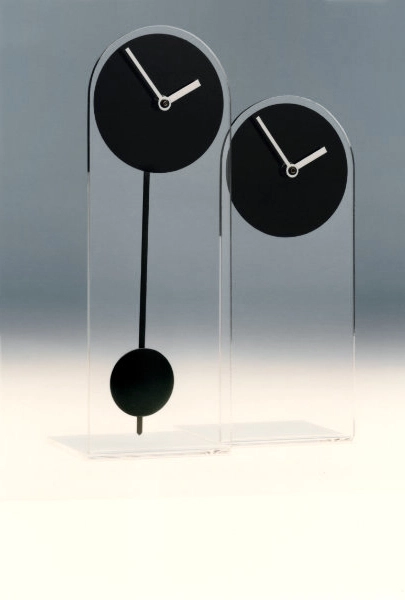
When the age of acrylic began in the design field, Martin Kania developed clocks (design award for the clocks AC1, AC2, and AC3) and acrylic lamps, followed by exhibitions of free design studies.
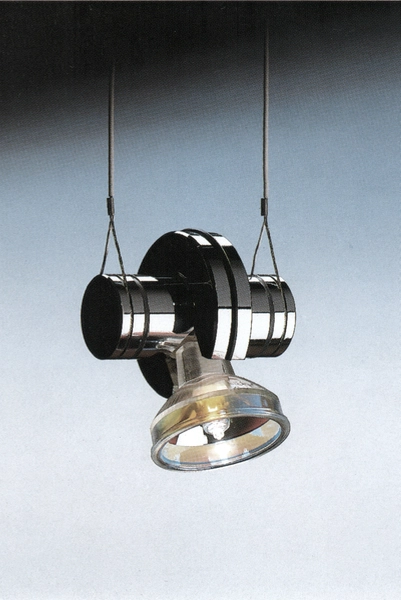
With the pendant lamp SUSA, Martin Kania created a luminaire in low-voltage halogen technology, which was also promptly awarded two design prizes.
This product line led to contact with other manufacturers. Initially, only joint sales activities developed into a long-lasting, highly fruitful cooperation.
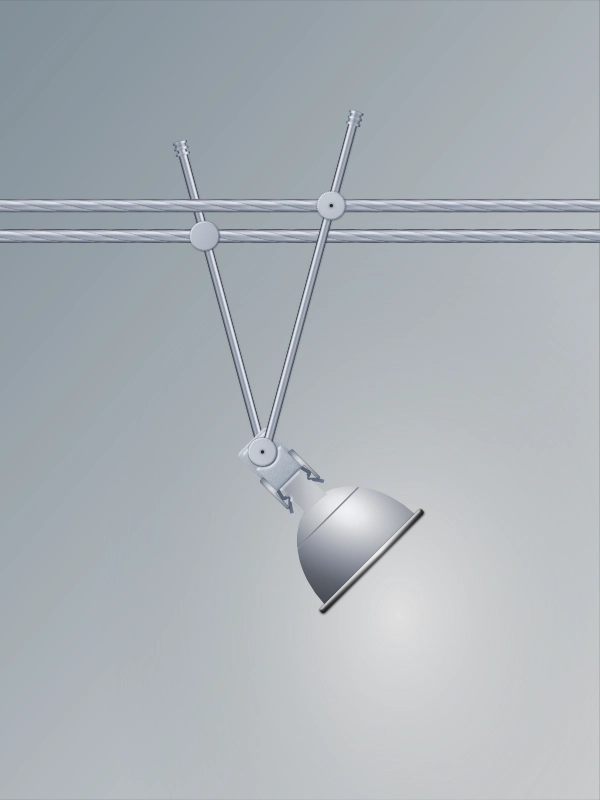
A simple and inexpensive low-voltage cable system. Martin Kania designs luminaires and mounting elements, concentrating increasingly on development and production. The system develops into a real hit and a significant market launch.
A fixture with two height-adjustable rods is attached to the cable with adjustable screw bolts. The fixture head rotates 360° on a vertical plane. The lamp is held to the socket with internal spring clips. HIGH-LINE is still in production today.
The next project, a miniature track system, follows seamlessly. The uncompromisingly clean, classically reduced Kania design and the innovative technology come entirely from the pen of Martin Kania. This lighting system also won a design award. Consistently developed technical improvements to the current standard have earned the system a loyal clientele up to this day.
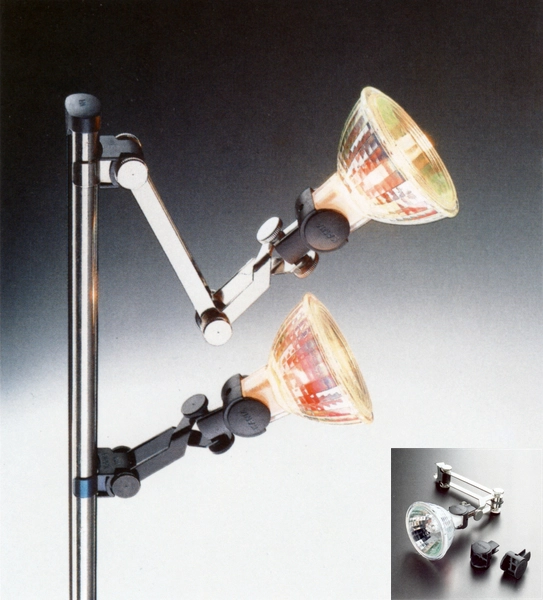
Martin Kania is also known for his innovative ideas in developing lighting components. His innovation, a low-voltage lamp holder for 50W MR16 made of Fortran PPS thermoplastic, enabled structural integrity over a broad area of ambient temperatures and conditions. His development was the first of its kind in the lighting industry and received much praise, awards, and global recognition from companies such as Hoechst.
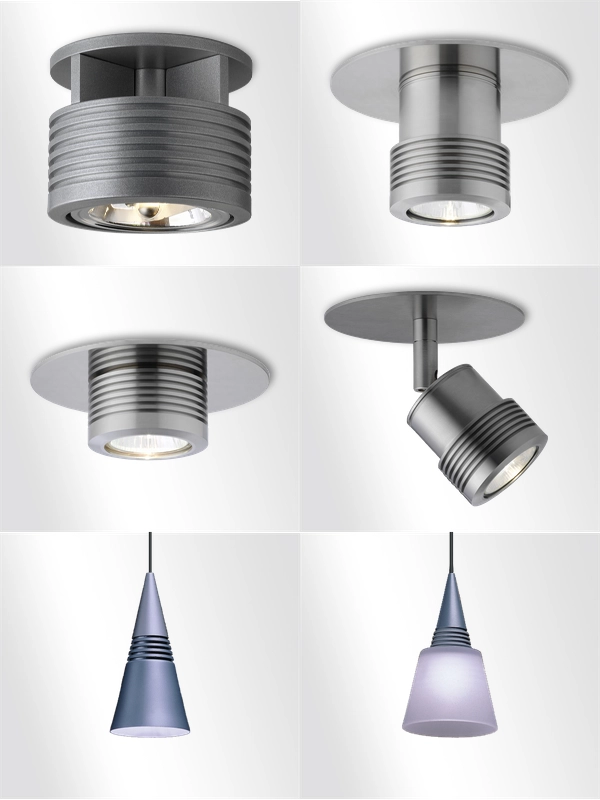
The basic idea is to equip interior, exterior, and transitional areas with luminaires in a uniform design and modular structure for the upscale contract sector.
The product is a collection of recessed, surface-mounted, and wall-mounted luminaires in low-voltage halogen technology, HV halogen, HID, and LED in the strict and clean lines typical of Martin Kania.
Luminaires that do not compete with the architecture but discreetly support and enhance it. The luminaires are made of solid aluminum or solid stainless steel.
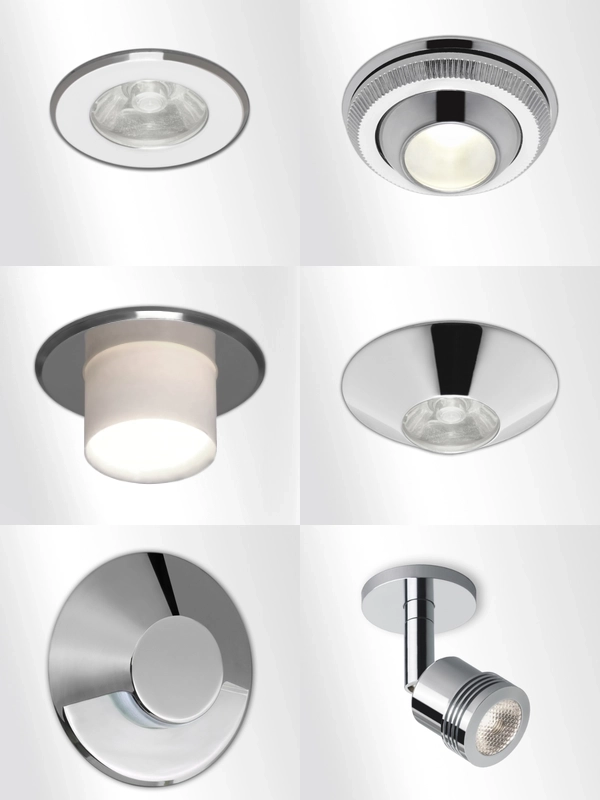
Another product from Martin Kania, also in the typical clear and timeless design, are small compact LED lights. The LED is without question the "light source of the future". It is small, economical, and achieves a high life expectancy. The first light-emitting diode (LED for short) was used more than 30 years ago. A few years later, the small electronic component was already part of everyday life in large quantities and was used in displays of stereos, televisions, answering machines, or as a warning signal in technical facilities. Meanwhile, the automotive industry is replacing conventional incandescent lamps with high-power LEDs.
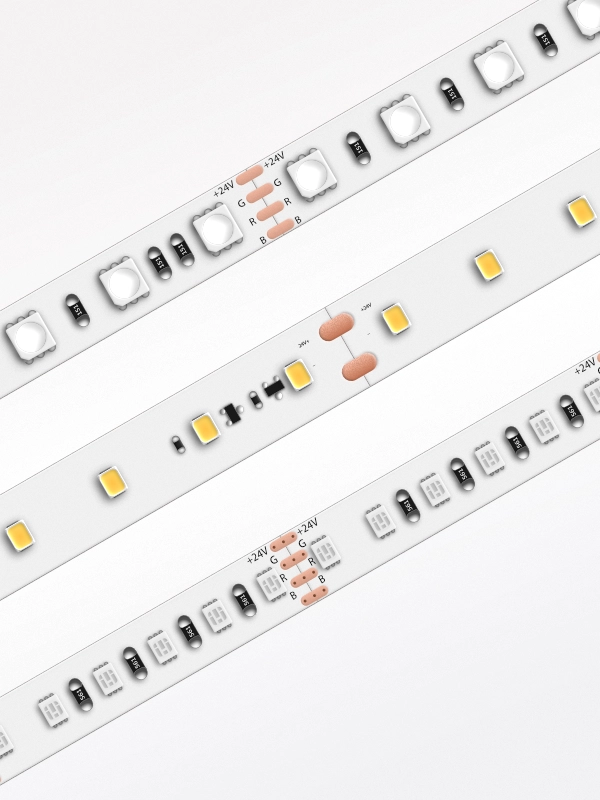
This is more of a technical development and improvement of the single-color LED strips.
Martin Kania developed a LED strip for the Kania lighting systems company, which was not only dimmable but also the color temperature could be continuously adjusted from 2800k to 6500k, the first LED strip of its kind on the market.
Please contact us
Disclaimer
All trademarks, third-party brands, product names, trade names, corporate names and company names mentioned may be trademarks of their respective owners or registered trademarks of other companies and are used for purposes of explanation and to the readers’ benefit, without implying a violation of copyright law.